Have you ever heard the term "gay ear"? Now it’s considered a fad that has become passe, but at one time, people really used it as a tell-tale sign of whether a young man was gay or not.
Here are some interesting facts about this historical LGBTQ+ trend that you might not know.
Fact 1: The “Gay Ear” Referred To a Man Having His Right Ear Pierced
When people talked about the gay ear, they referred to a specific ear being pierced on a man.
This trend didn't include women in the gay ear fad because, in most Western cultures since the 1950s, it has generally been a cultural norm for females to have their ears pierced. So, when people looked at men who weren’t entirely adhering to “traditional masculinity” by getting their ear pierced, people sat up and took notice.
Keep in mind that this performative measure was originally used to discriminate against men based on their perceived social class, not sexuality. Initially, the only men who had pierced ears were usually sailors. But it wasn't until the late 1960s that people attributed a man who had his ear pierced to being gay.
Now, men have pierced ears for endless reasons. With piercings no longer serving as any sort of identifier to occupation or sexual orientation, pierced ears are relatively common among all genders.
Fact 2: Piercings Were Associated with Counterculture and Sexuality
In modern times this notion seems a little out of place as plenty of cultures around the world have traditional origins of ear piercing. However, within much of the United States, there used to be a connotation with ear piercing that it was against the norm and was a way to rebel as a deviant practice.
This had some roots in racism because piercings were something associated with non-white cultures. Anyone who pierced their ears, men or women, was seen as strange, promiscuous, or rebellious until the 1950s.
It was then that jewelry companies saw that they could make a lot of money selling earrings, and they started promoting them as something “normal” and “culturally acceptable.” With this trend, even good girls could finally enjoy some bling in their ears.
Fact 3: Right Earlobe Meant Gay, Left Earlobe Meant Straight
The practice of ear piercing history began to thread through hippie communities first and then through the gay community.
Some straight people also enjoyed the trend and established that the left earlobe signified that they were not gay, even though they were a man with a single pierced ear.
Though some people preferred to have both ears pierced, the LGBT community quickly decided that if a man had one ear pierced, namely the right one, on the earlobe, it was a covert signal that he was gay. That covert signaling takes us right into our next fact.
Fact 4: The Gay Ear Was Used for Gay Signaling
Since being gay isn’t just inherently something visible from someone’s looks, the LGBTQ+ community of centuries past spent a good amount of time looking for specific styles or trends to allow people within the community to show other people that they were gay and proud of it.
In some societies where being gay was either frowned upon or illegal and punishable, LGBTQ+ members would choose subtle methods of demonstrating their sexuality. Over the centuries, among different societies, any good historian can point to a few different methods of gay signaling.
Sometimes it would be more overt than others, depending on the permissiveness and acceptance of that time and place. Still, it usually revolved around fashion or an item that could be quickly displayed or removed.
Depending on how a man wore his hair, he could easily hide his ear and any earring he chose to don. Alternatively, slipping off an earring before going into the workplace or some other area where a man was afraid of being outed was a quick and easy task. However, these subtle methods did occasionally suffer when gay individuals either wanted a more comprehensive demonstration of their gay pride or when straight people found out about the trend.
Discovering the secret “gay ear code” led to increased scrutiny of men's ears by discriminatory individuals. Still, it also led to a decent number of straight men mimicking the style for reasons of their own. As you can imagine, this led to a certain amount of confusion in society for quite some time.
On top of that, people also began to start piercing both ears as signs of bisexuality or to show that they were transgender. By the 1990s, the definition of the gay ear had become so confusing that most people just shrugged off the idea and decided that any man who had any part of his ears pierced must be queer. However, as punk rock culture came more prominently onto the scene, enough men began having their ears pierced that people decided to move on from the idea of a “gay ear” entirely.
Nowadays, when it is more acceptable to show your true colors in many places, the LGBTQ+ community has taken to flying their flags proudly. Whether that means wearing a cute t-shirt with your identity’s colors or getting a pride pin for your backpack, people don't have to be anywhere near as subtle as they used to when it comes to being themselves.
So, if you want to get one or both of your ears pierced but don't want to give people a reason to make assumptions about you, you don't have to worry anymore. Most people have completely forgotten about the gay ear fad or are too young to even remember it.
Fact 5: Rings Haven't Gone Out of Style
Don’t be afraid to show off your bling!
Pride statement rings are a fantastic way to subtly show off your identity without feeling like you have to hide it, and they have remained a classic way to show off that pride for decades now.
So, what's the statement ring really about? Statement rings allow the owner to truly reflect who they are and creatively express a little bit of their persona.
Pride rings may also be displayed on their own or paired with other jewelry. However you plan to rock them, the statement rings will help you show off a little bit of who you are to anyone who notices!
In Summary
While the idea of a gay ear, or anything really that’s a tell of someone's sexuality seems laughable today, it was once an integral part of LGBTQ+ culture.
The idea of gay signaling hasn't stopped, especially in places and cultures where people can't be as vocal about their sexuality as they might want to be.
But today, everyone wants to express their true identities while still finding the love and acceptance of their friends, family, and community.
At Pride Palace, we believe that nothing should stand in your way when it comes to being yourself because you are beautifully unique, and the world deserves to know it.
Sources:
https://en.wikipedia.org/wiki/Earring
https://www.amatopiercing.com/2019/06/01/the-gay-ear-debunking-the-myth-for-pride-month/

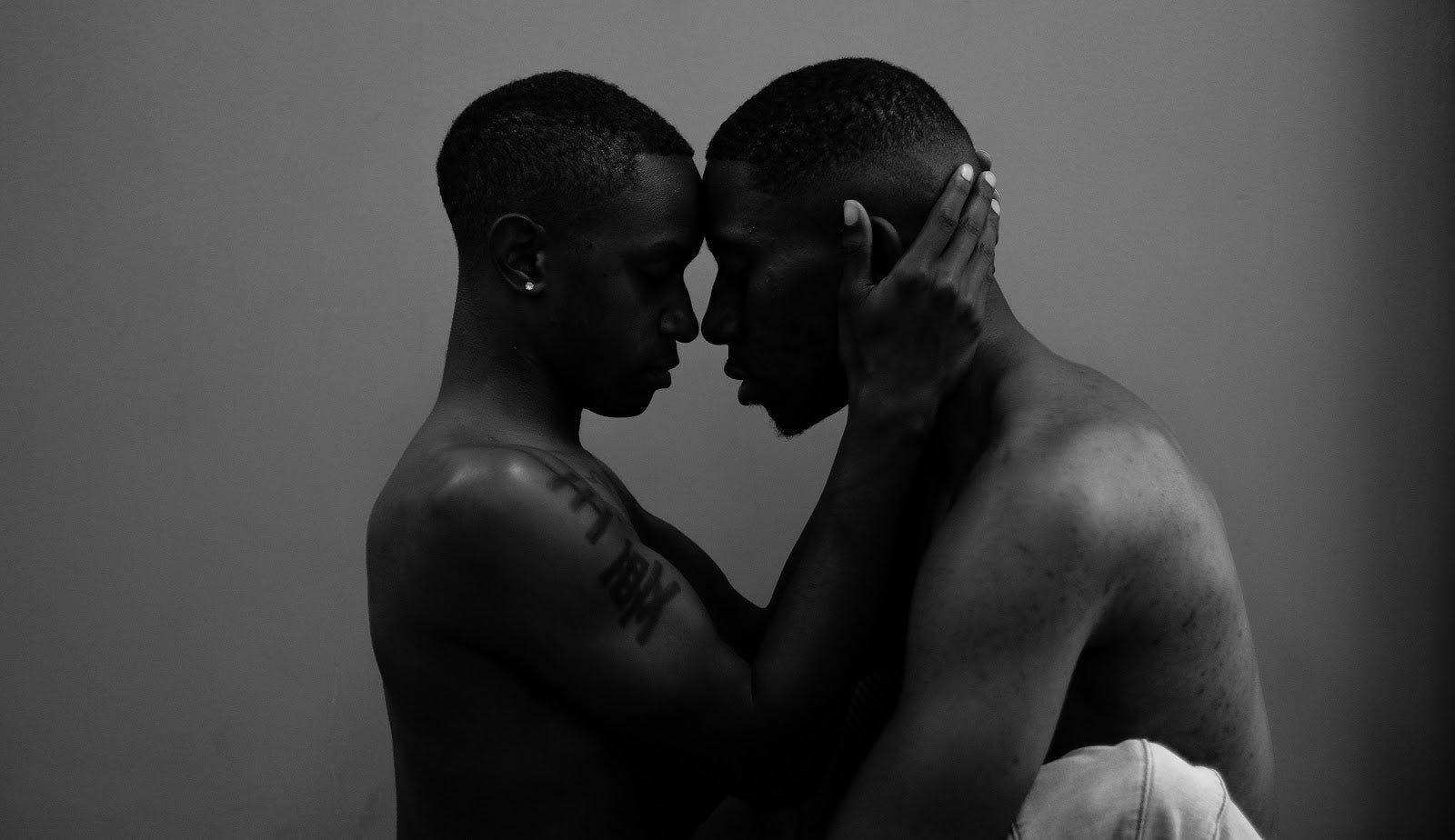
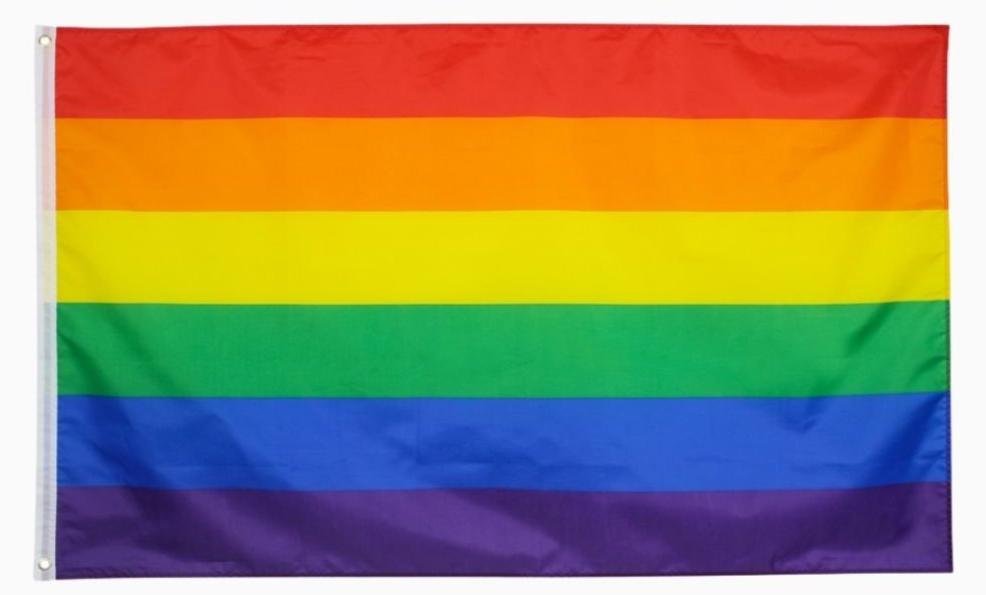
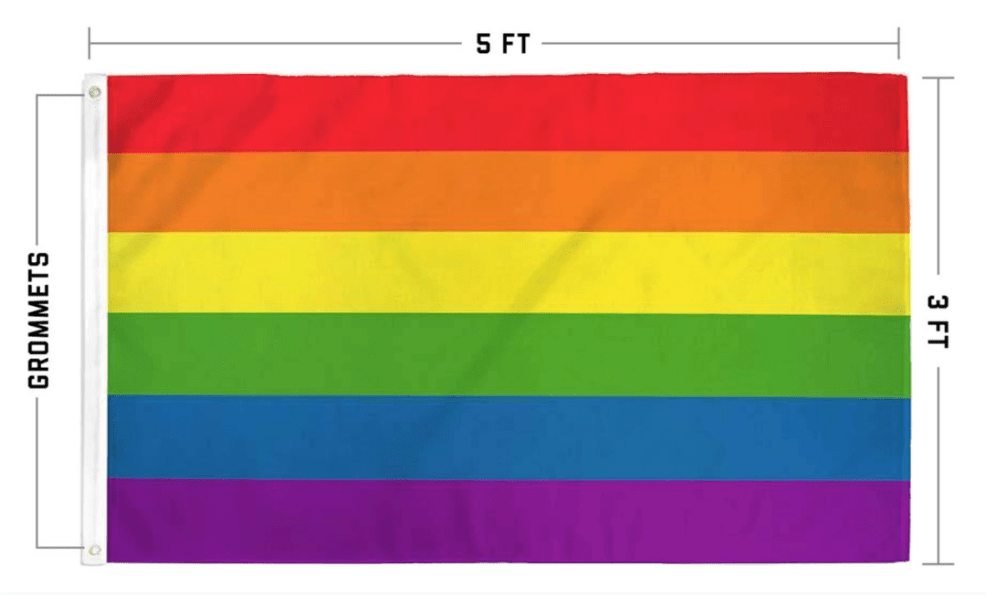
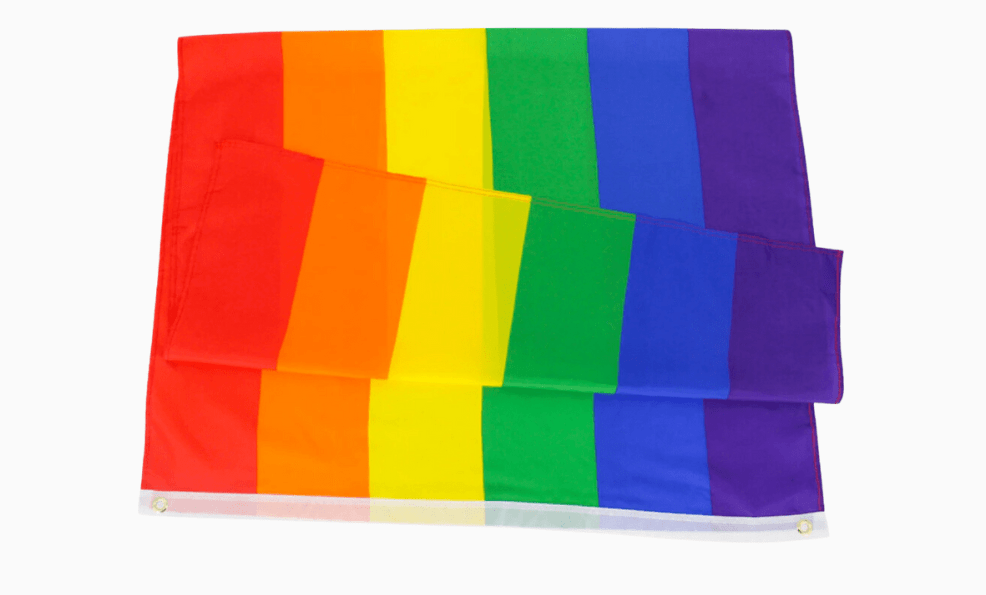


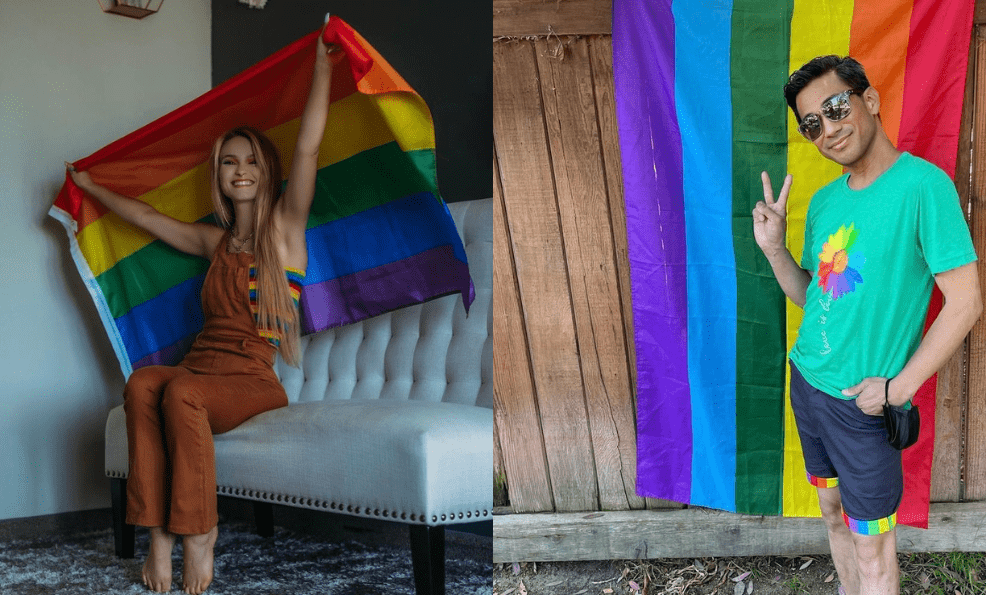
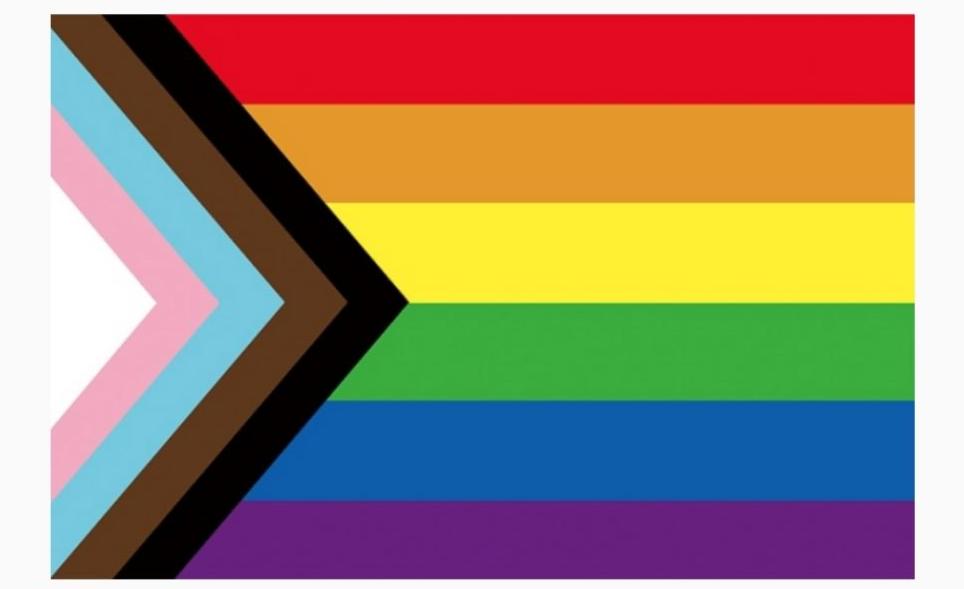
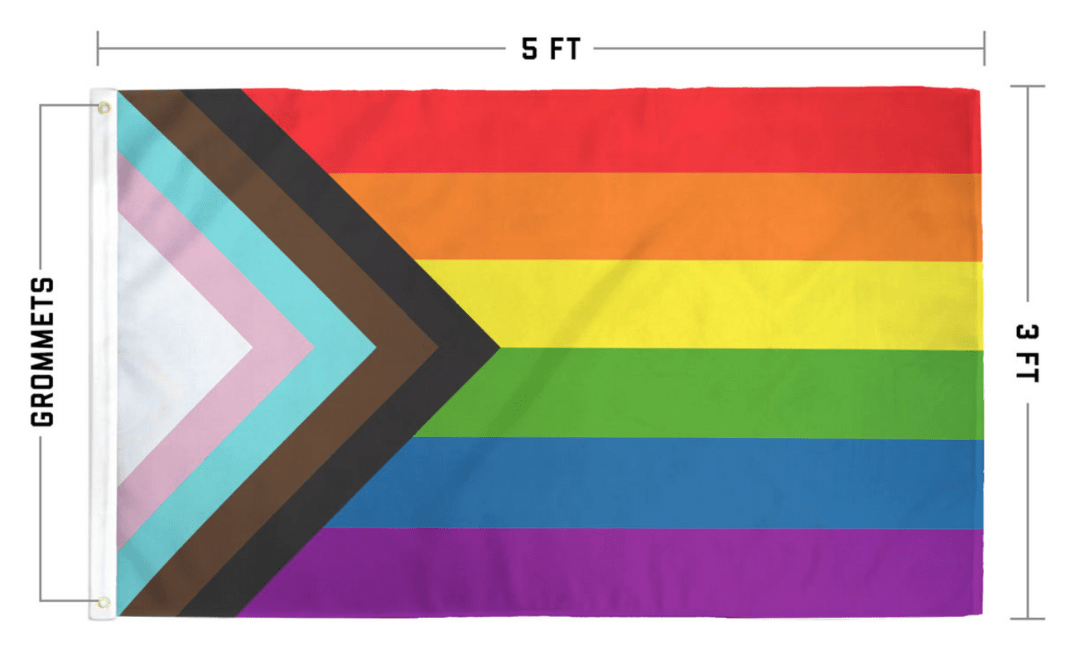
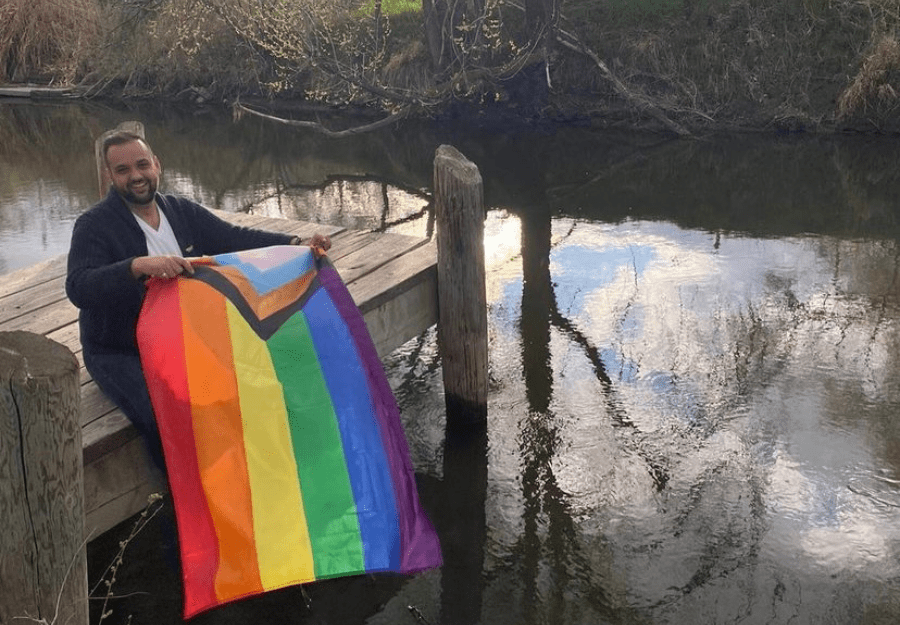


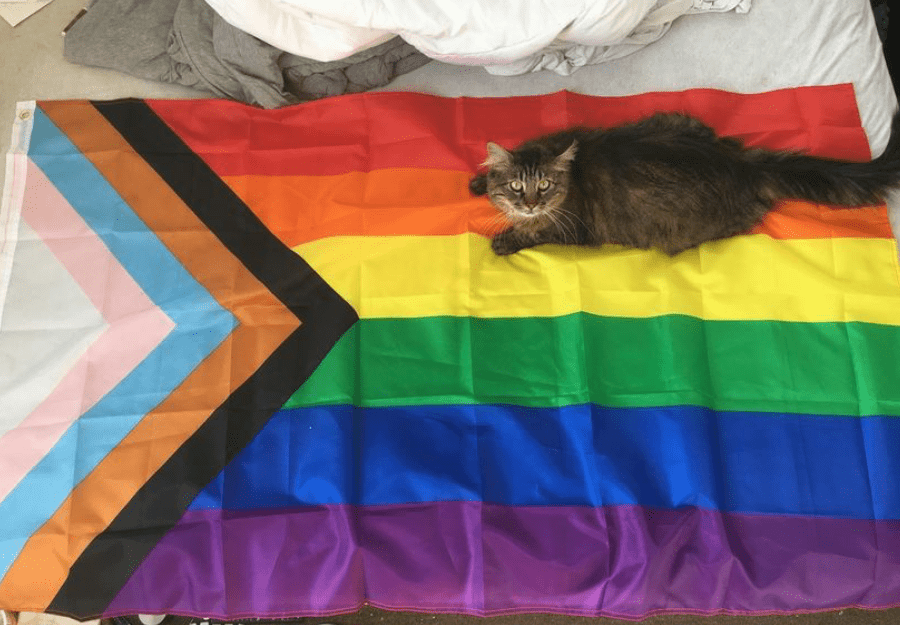
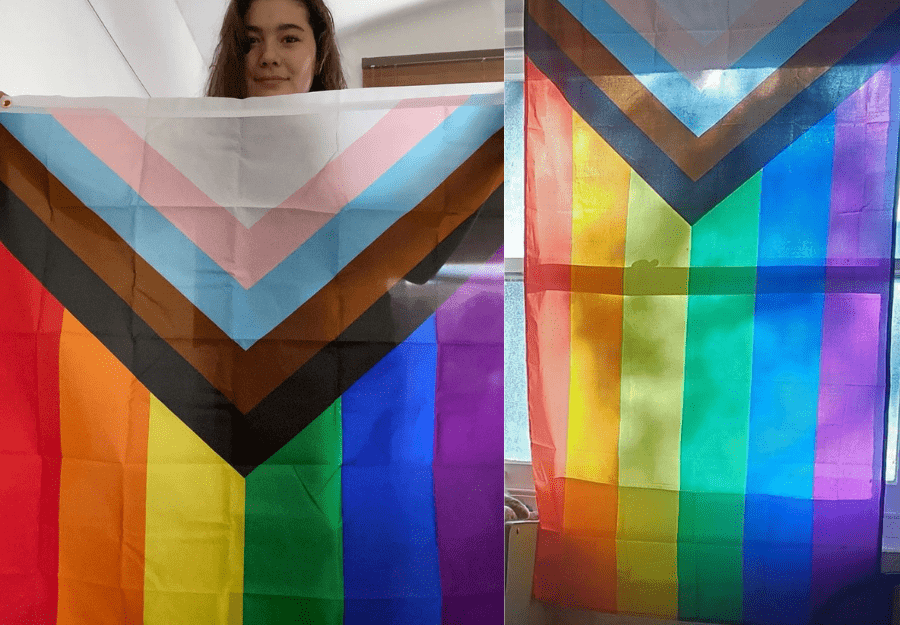
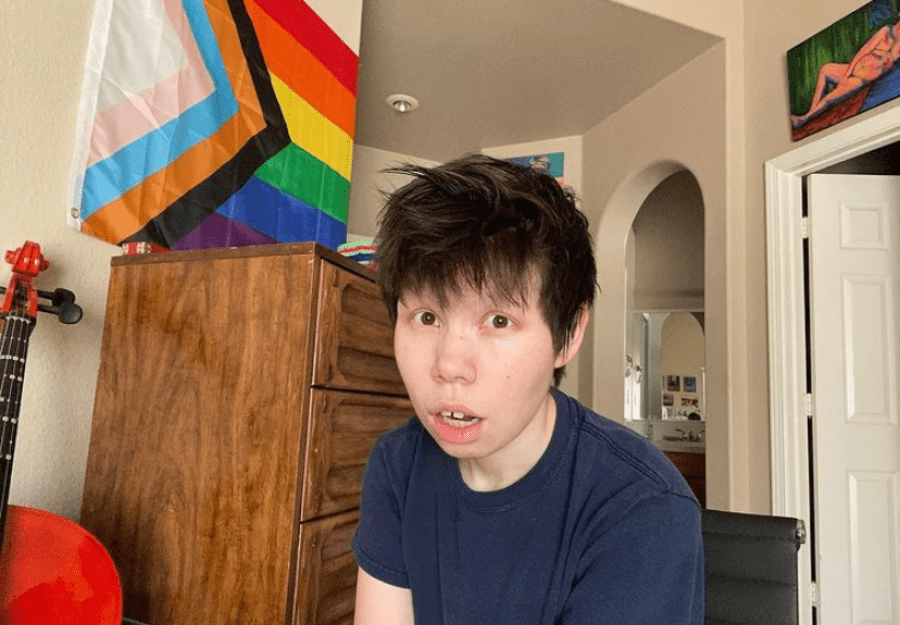
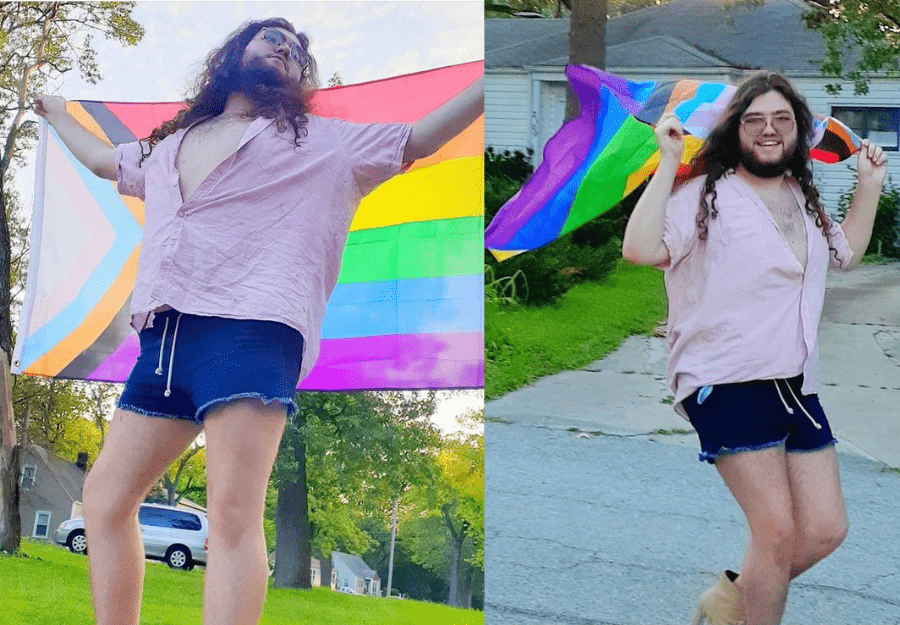
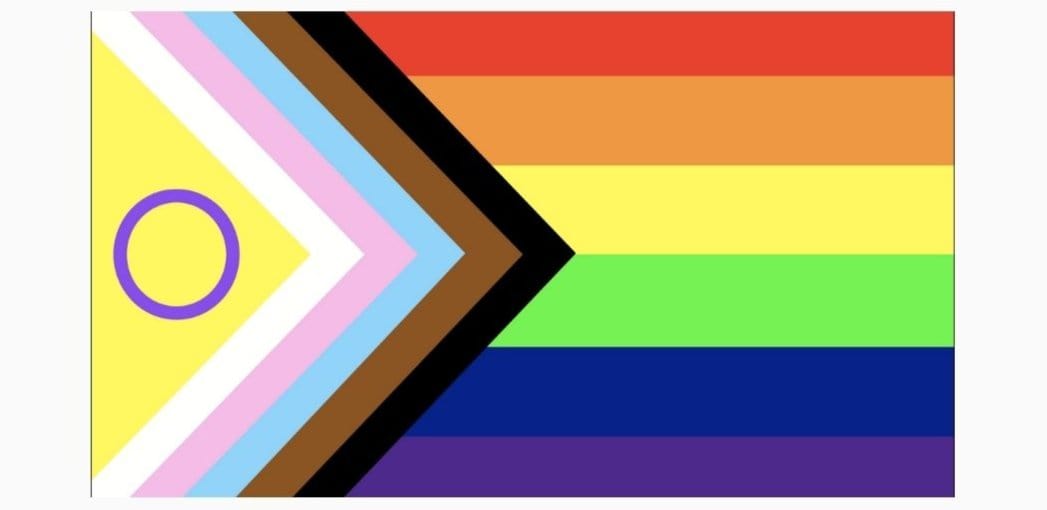
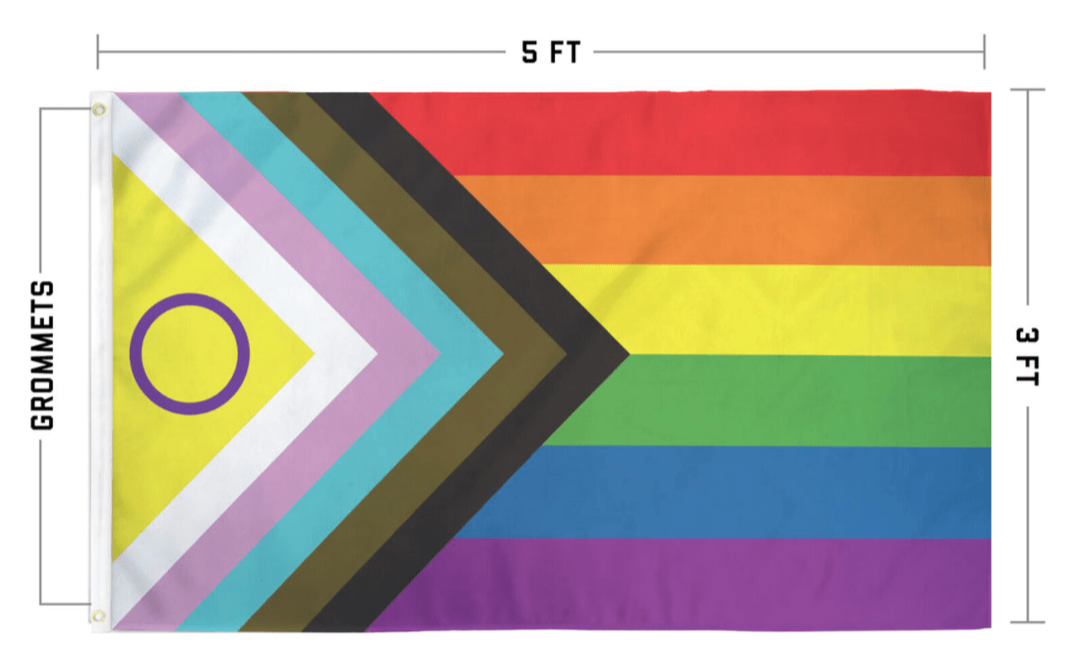

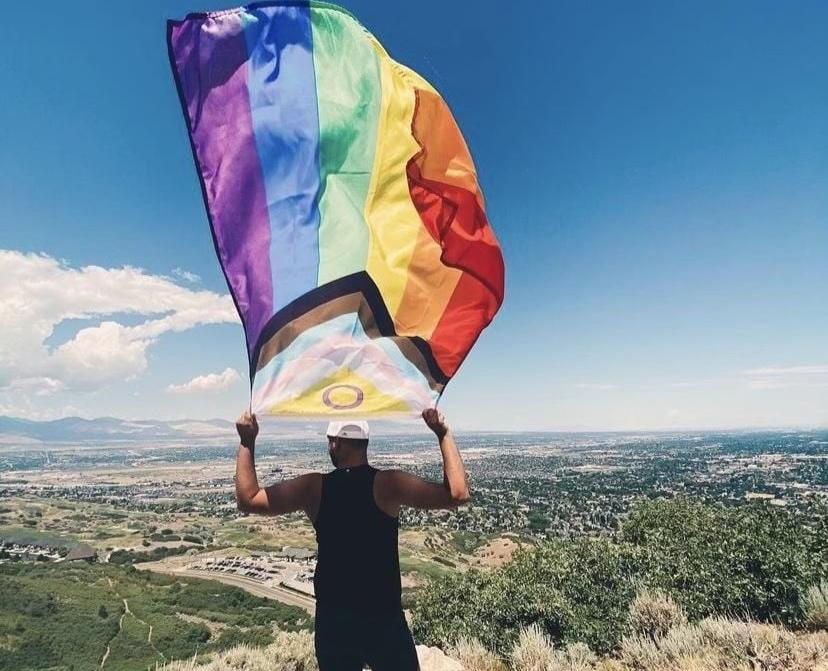

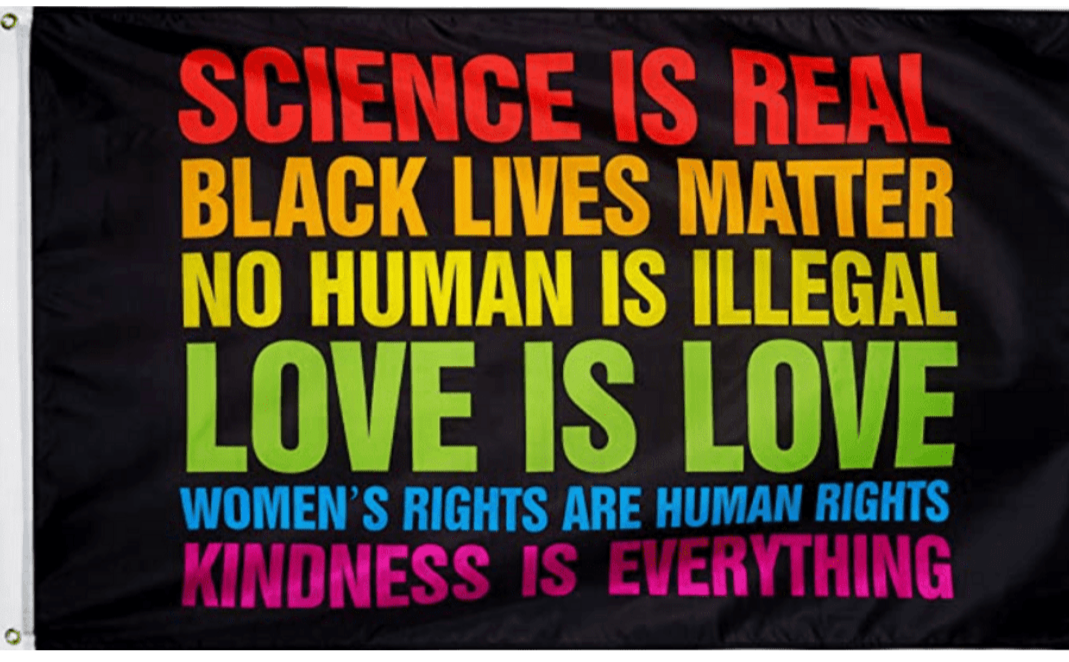
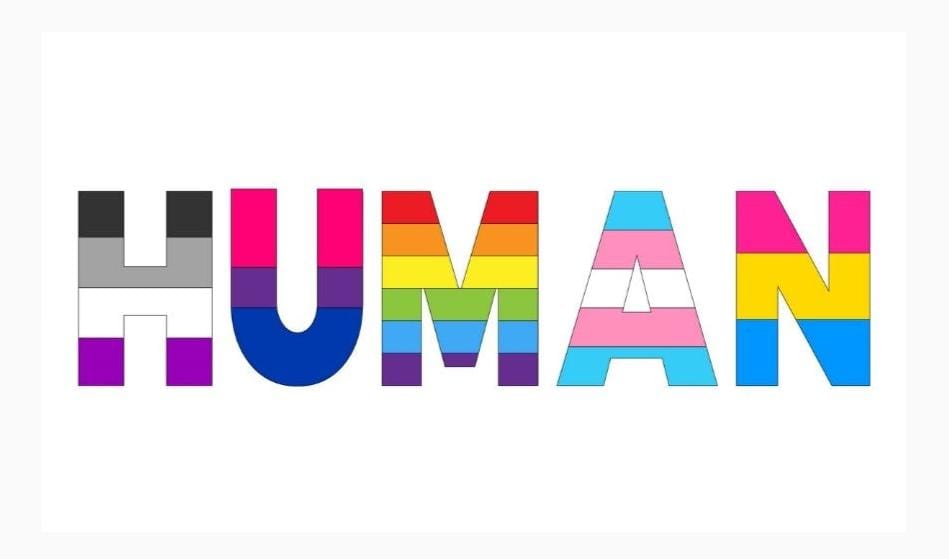
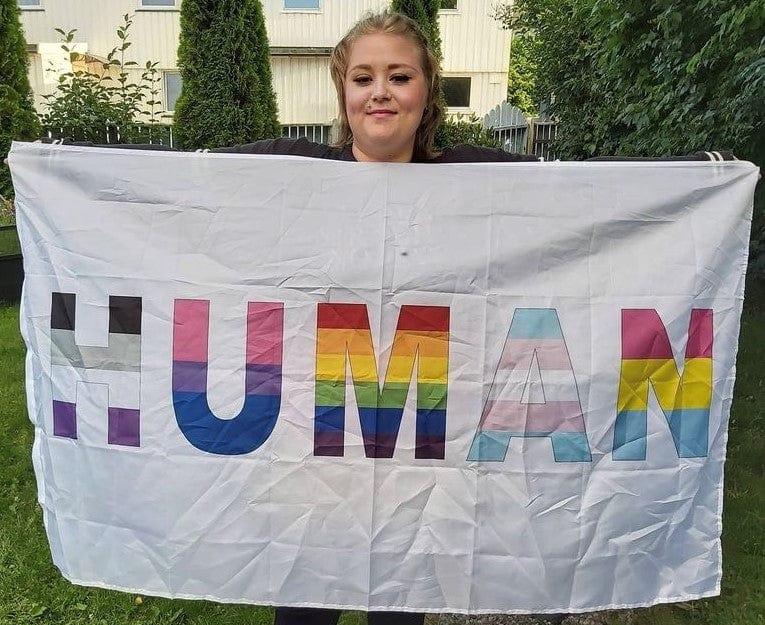

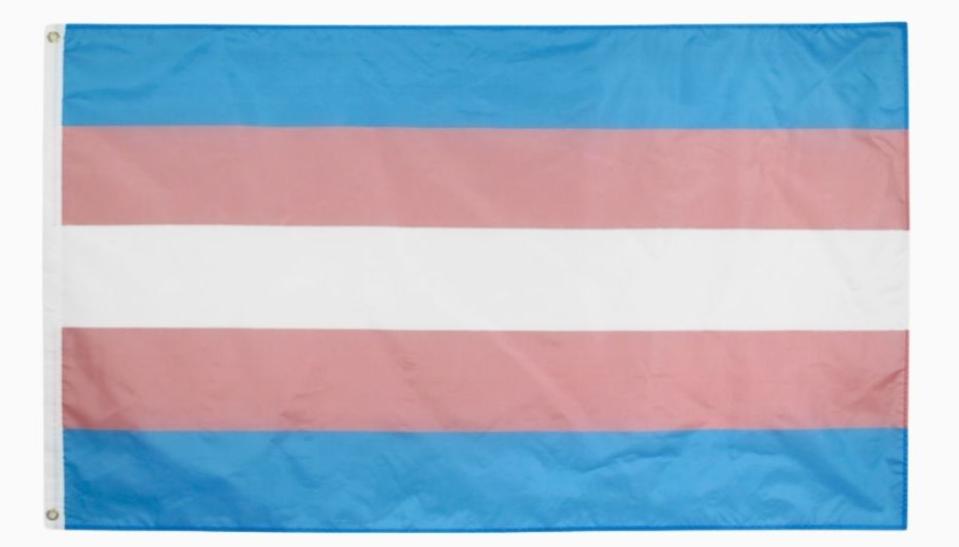
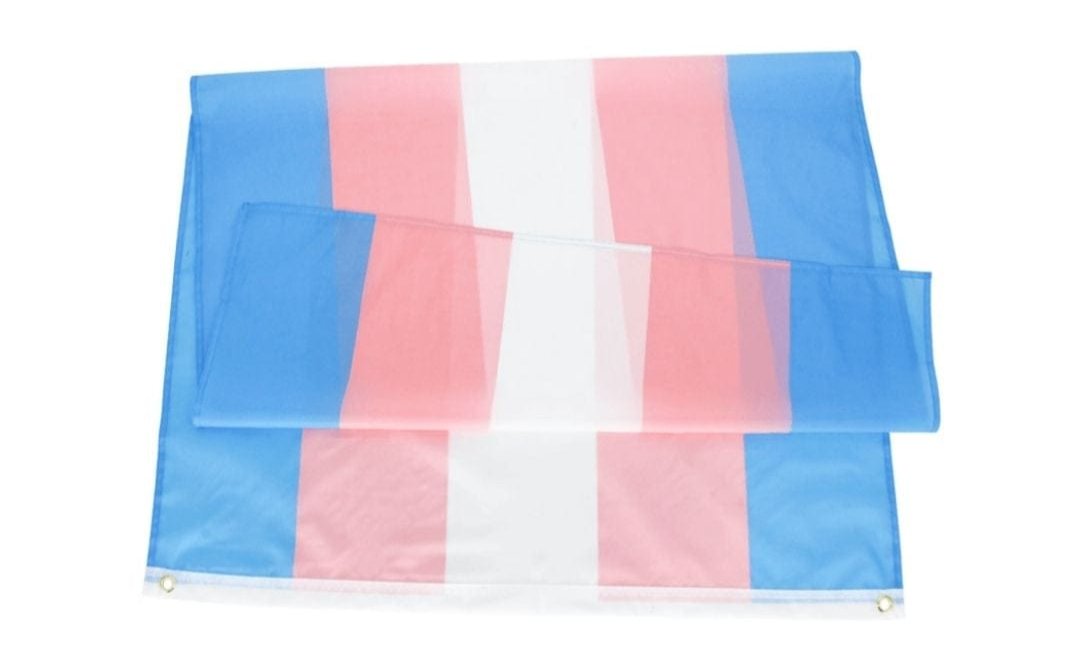
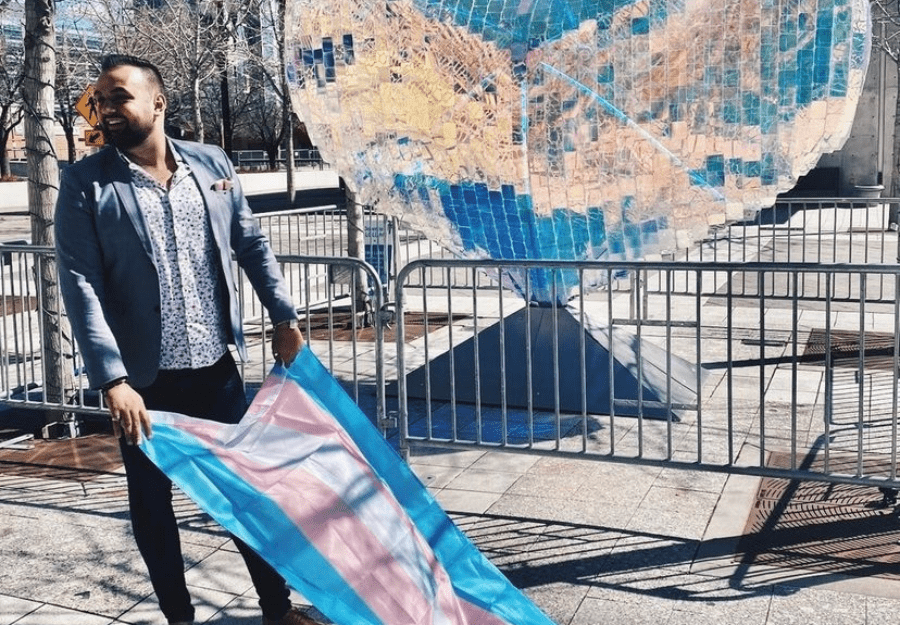

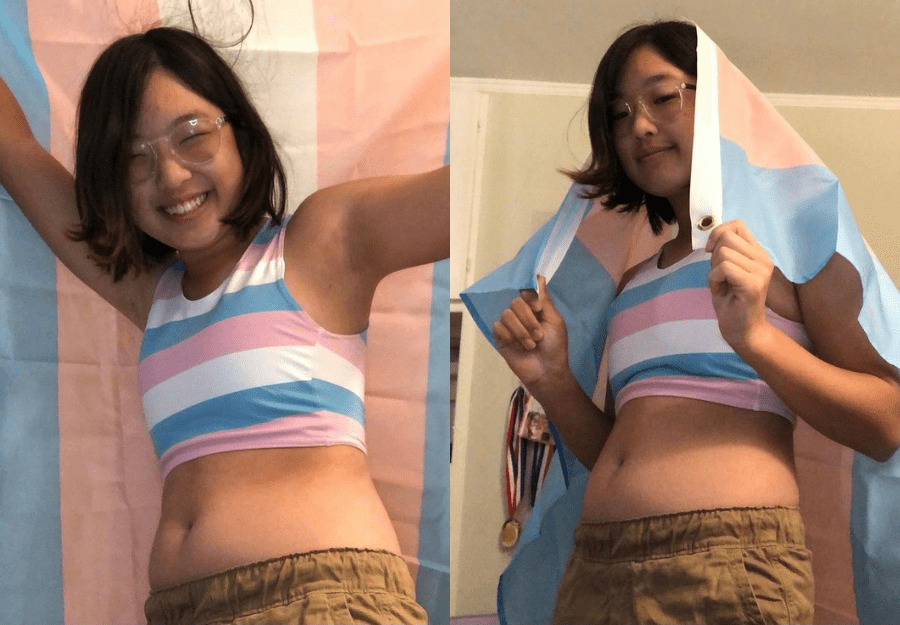
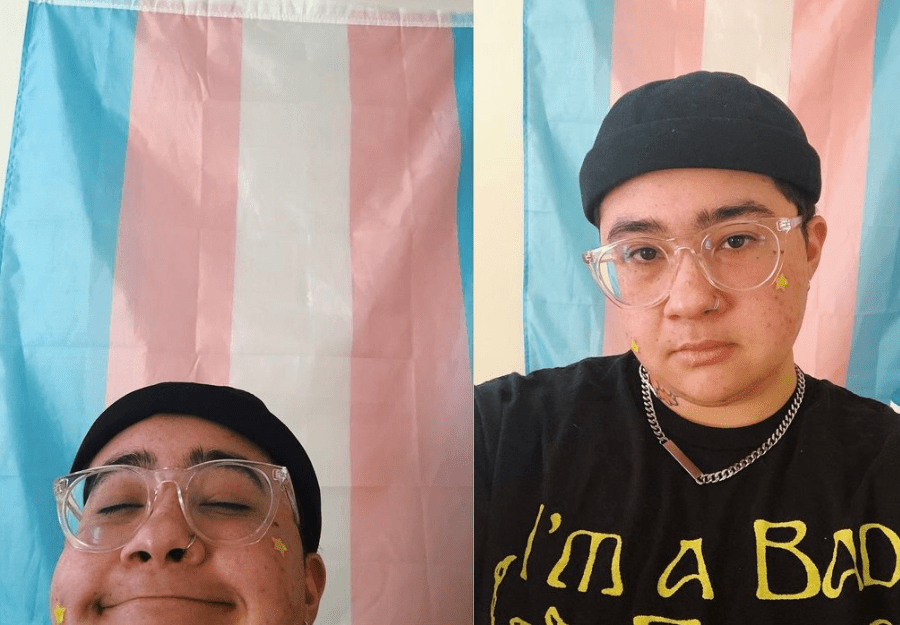
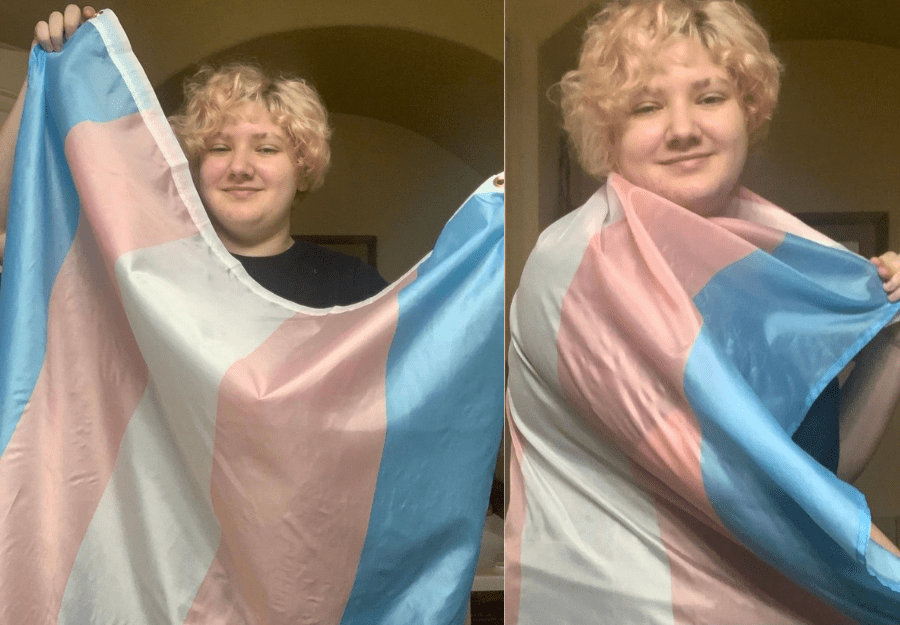
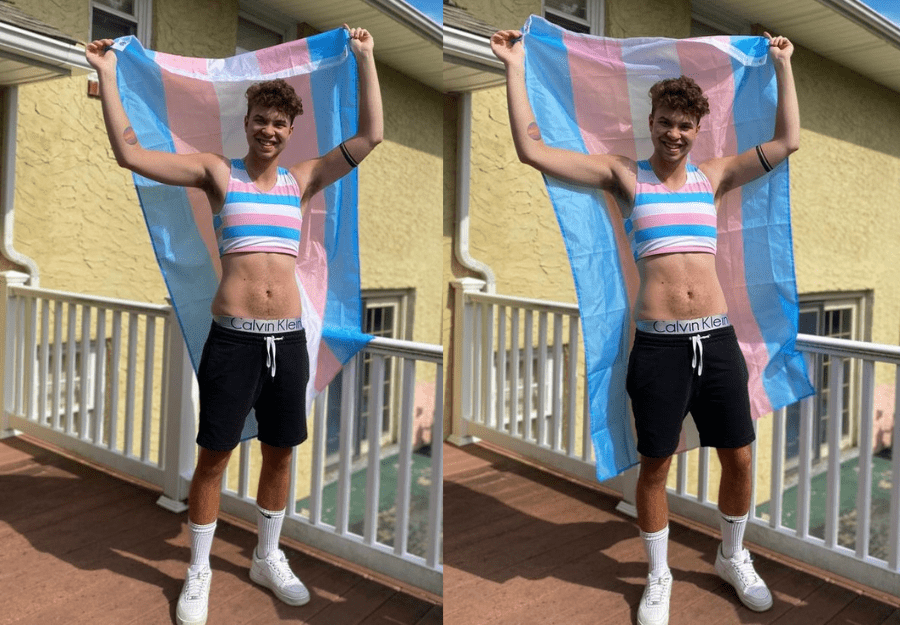
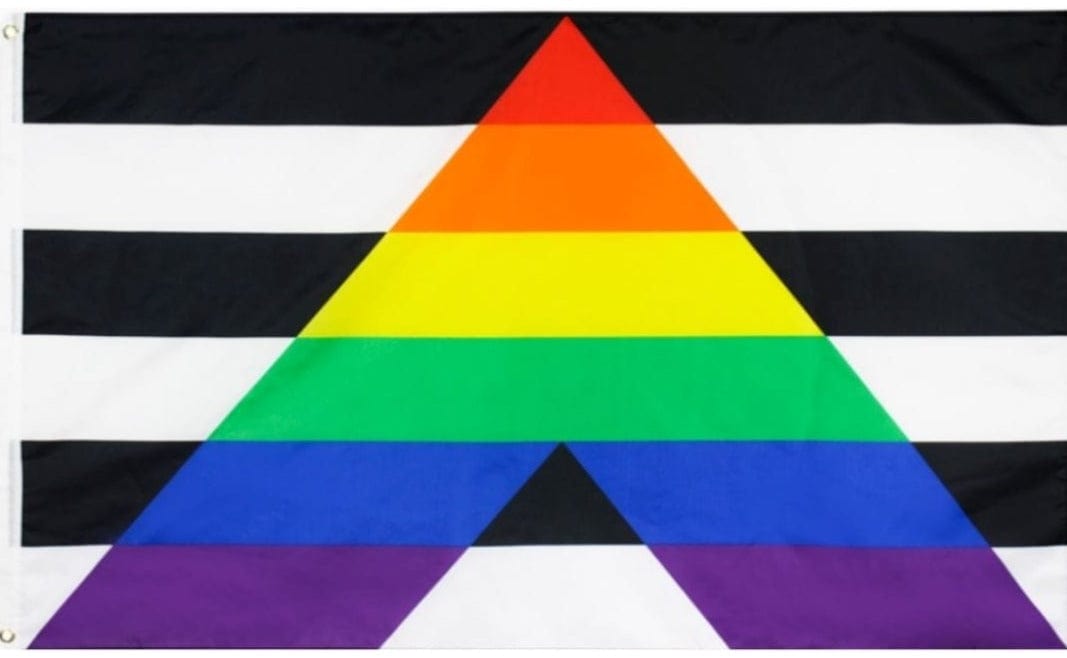
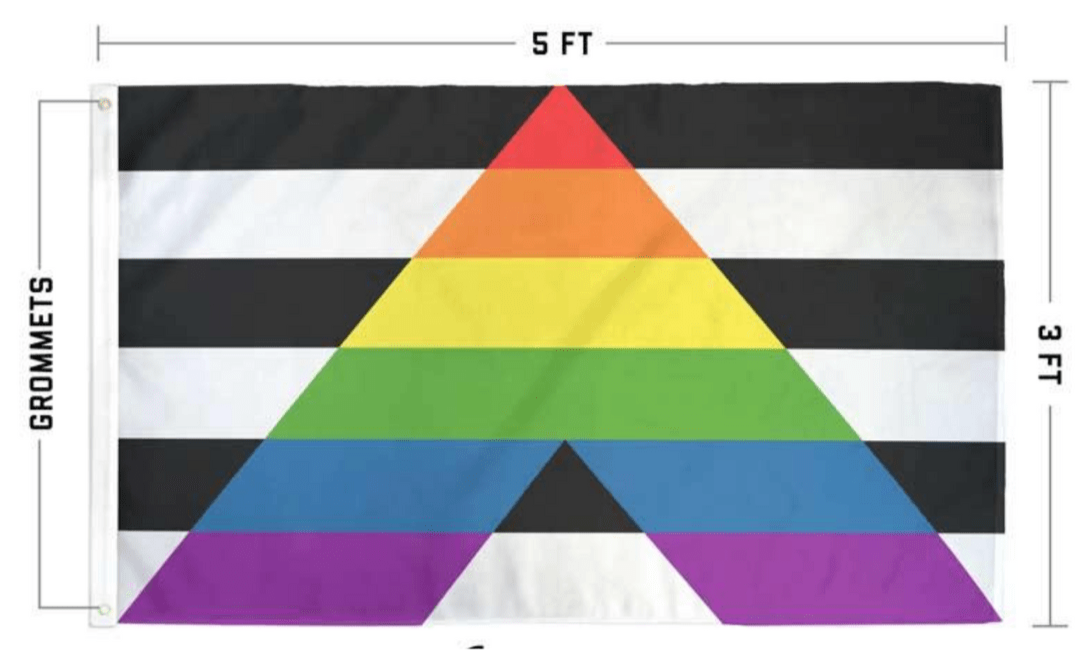
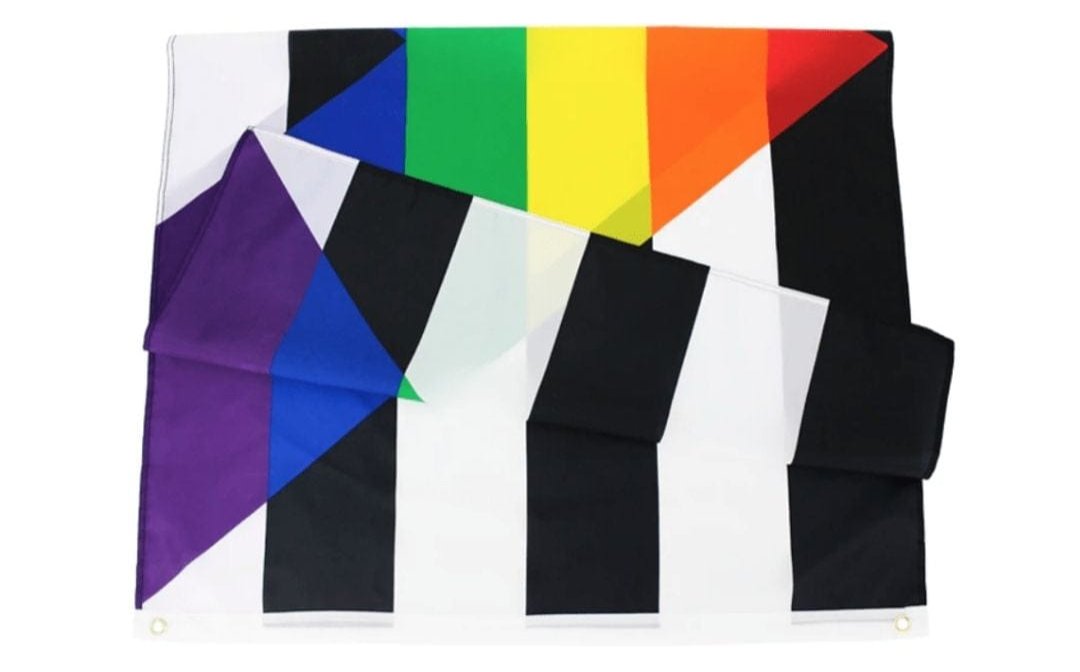
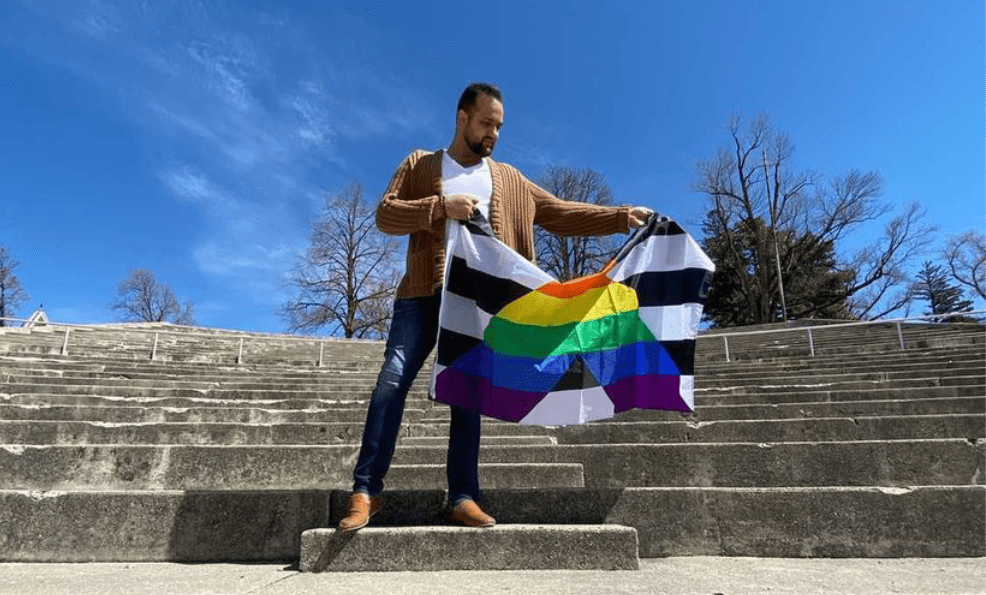
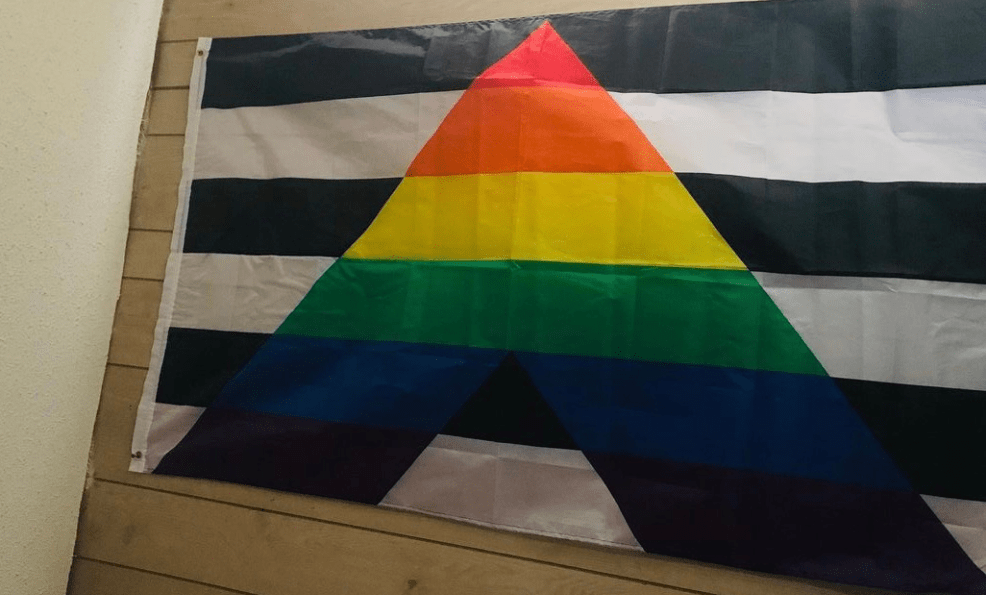
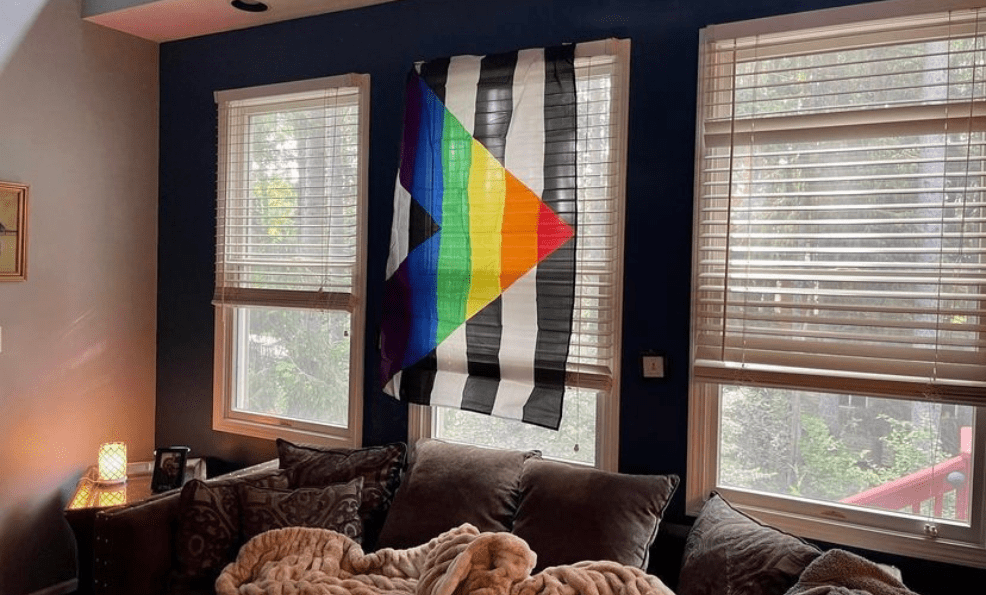

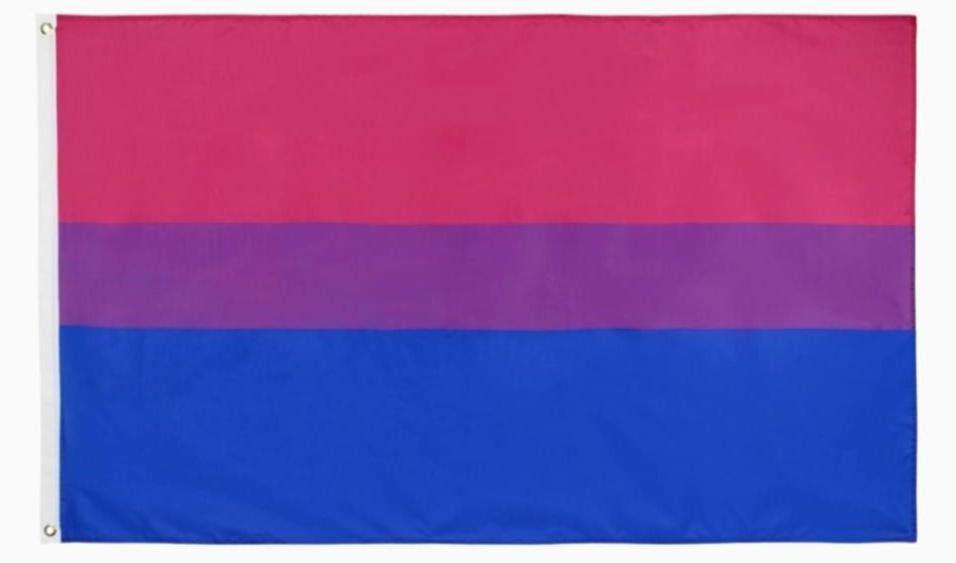
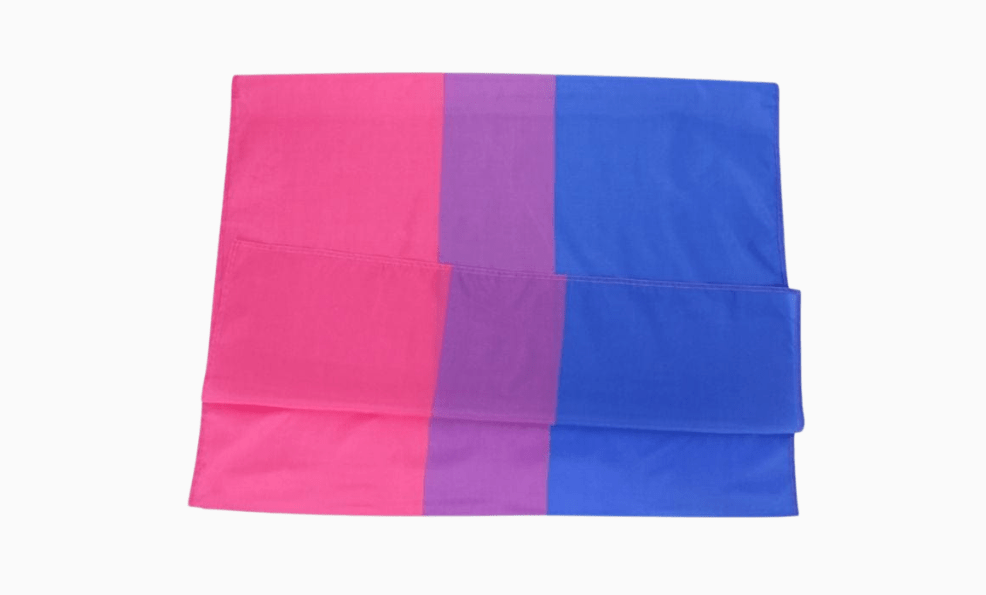

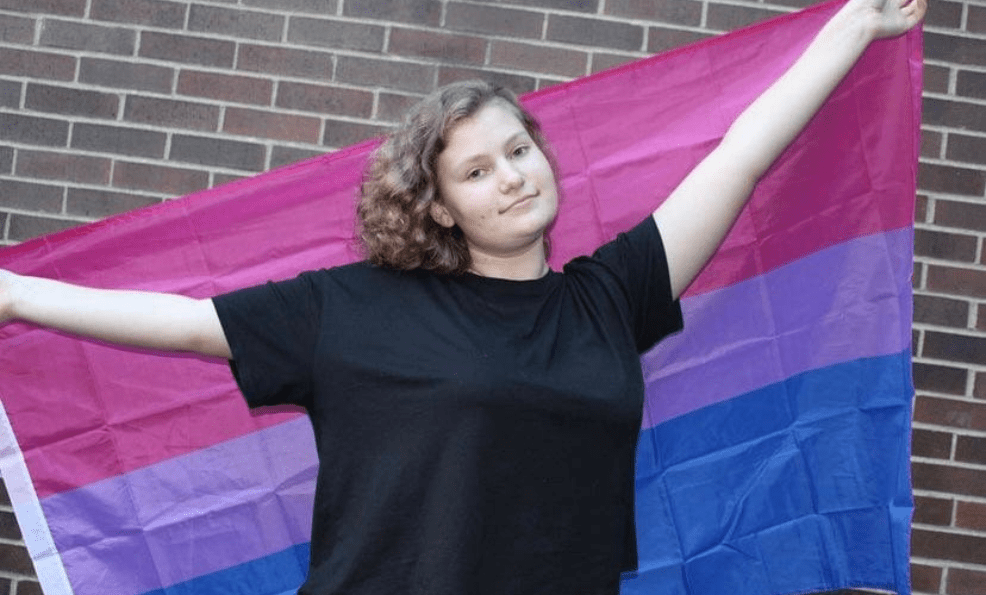

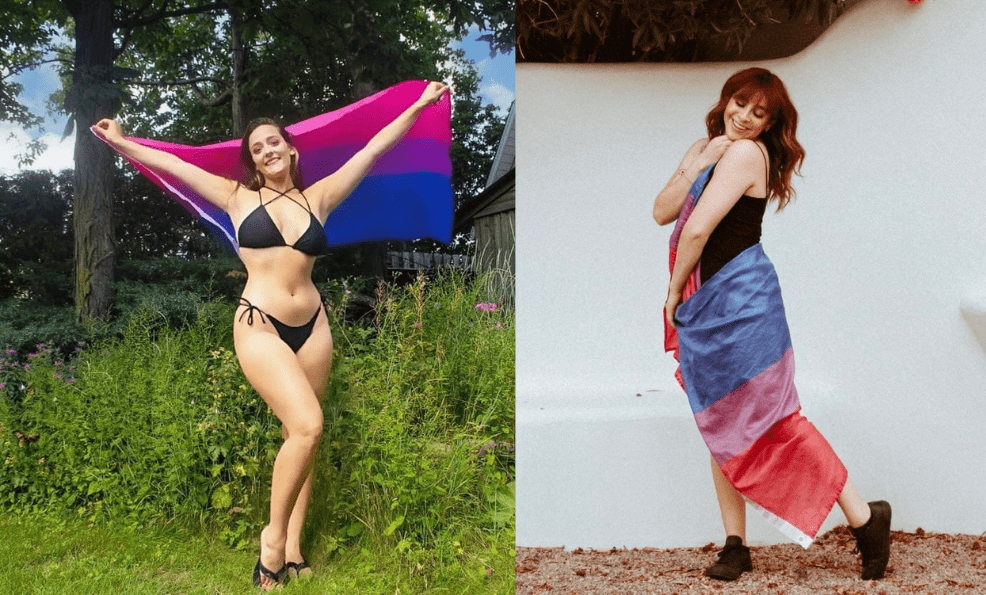
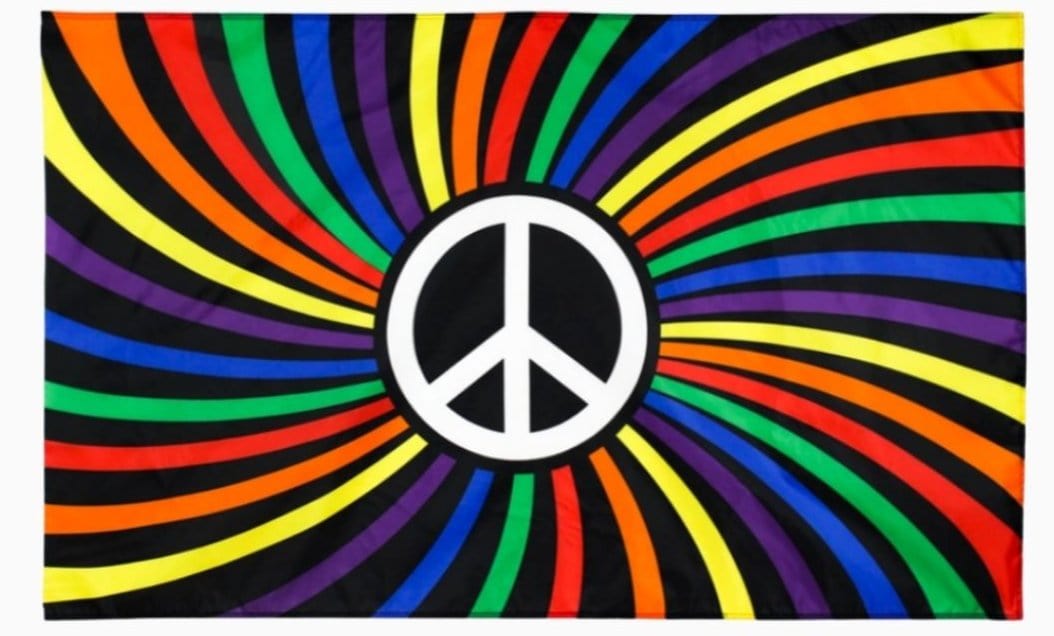
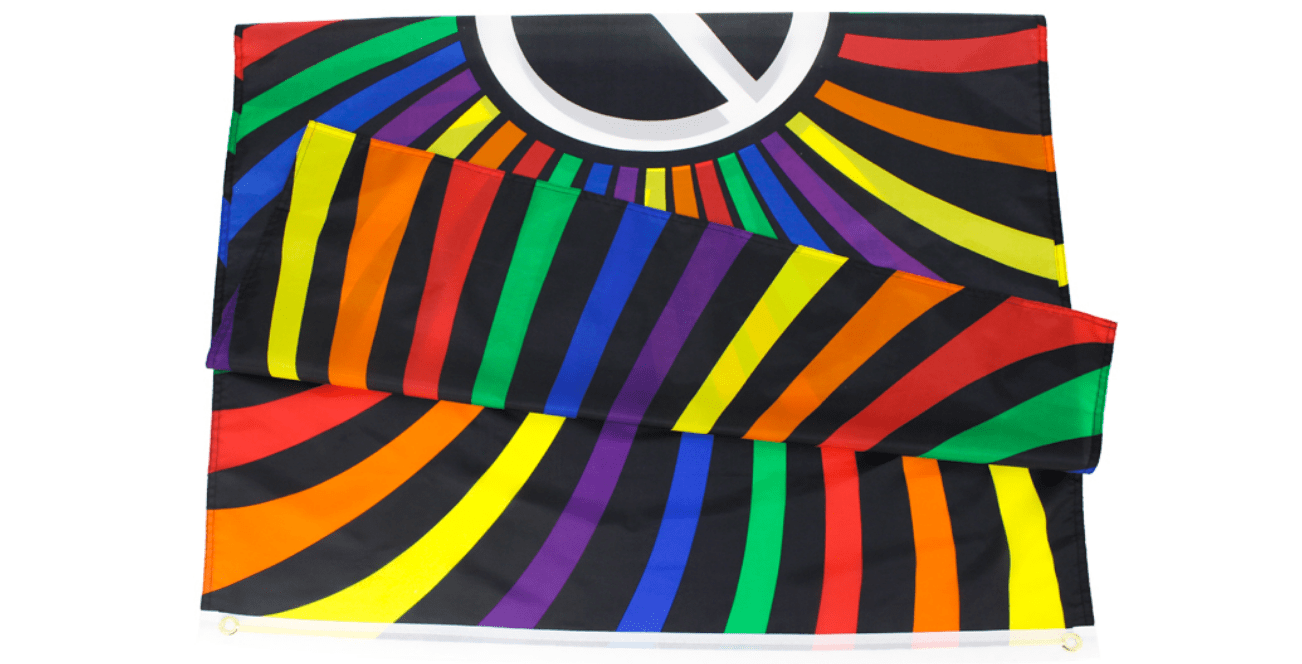
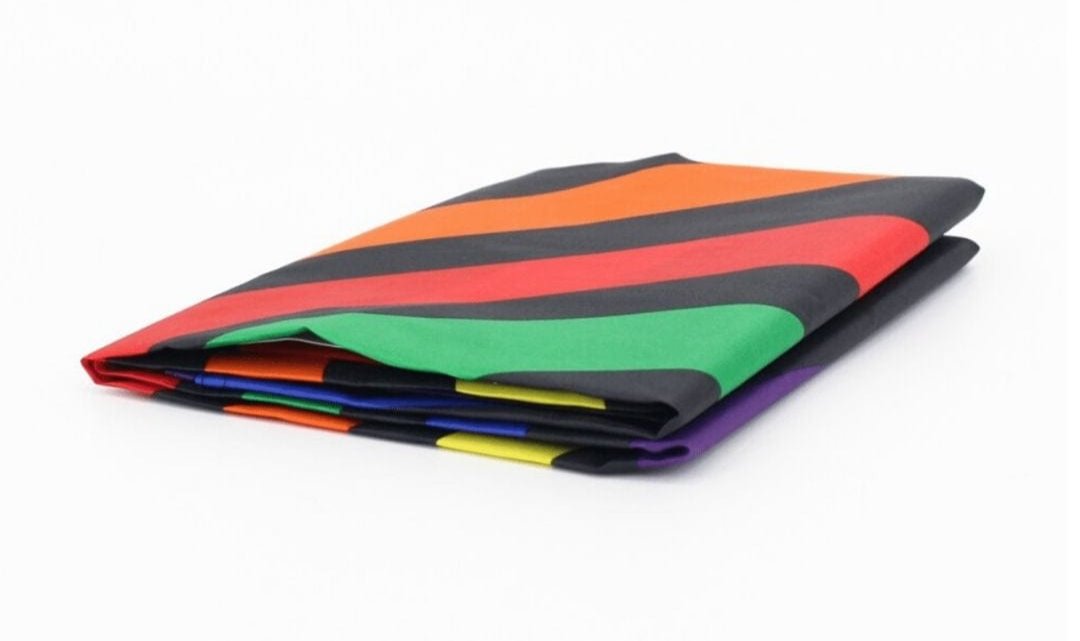
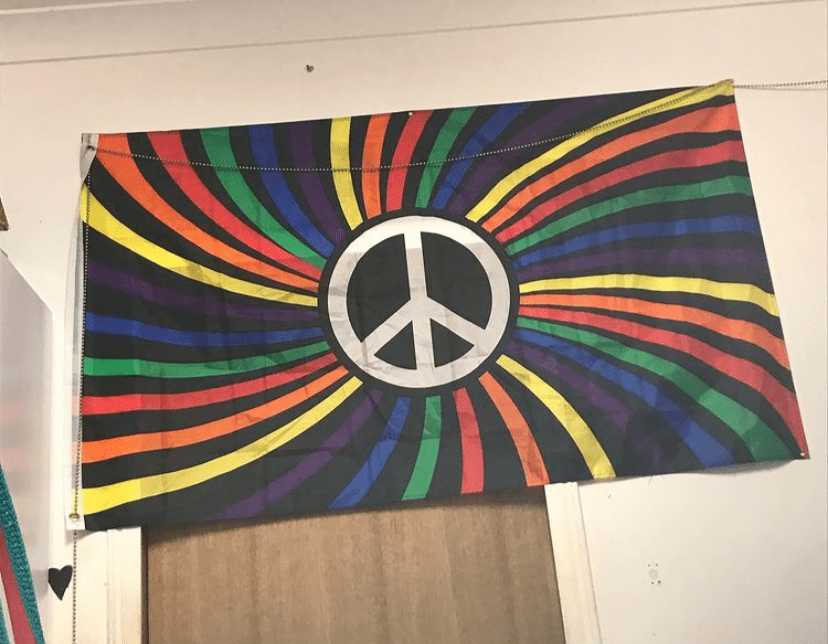
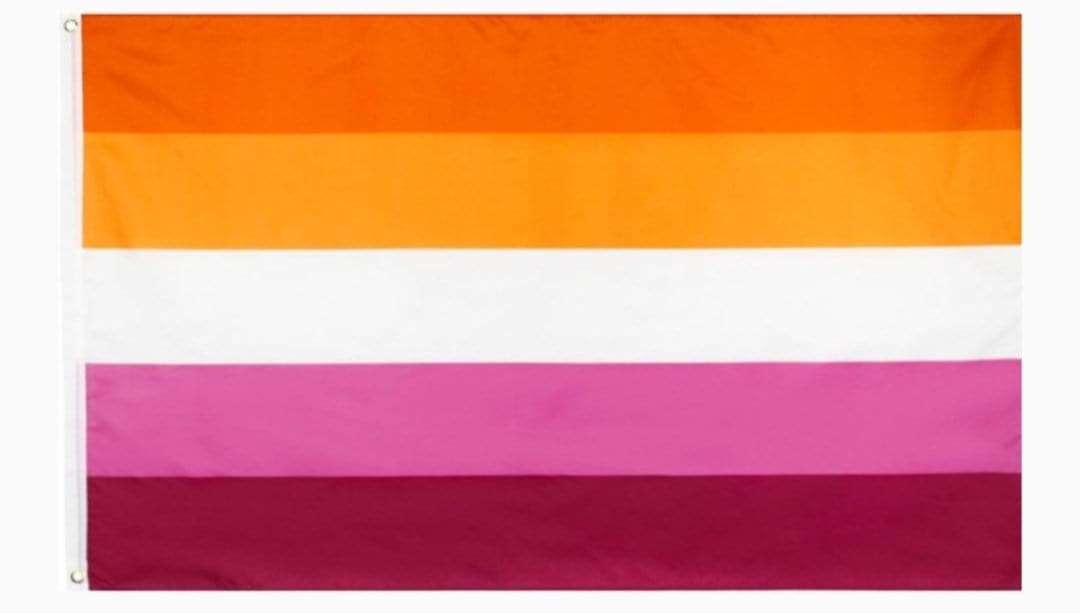
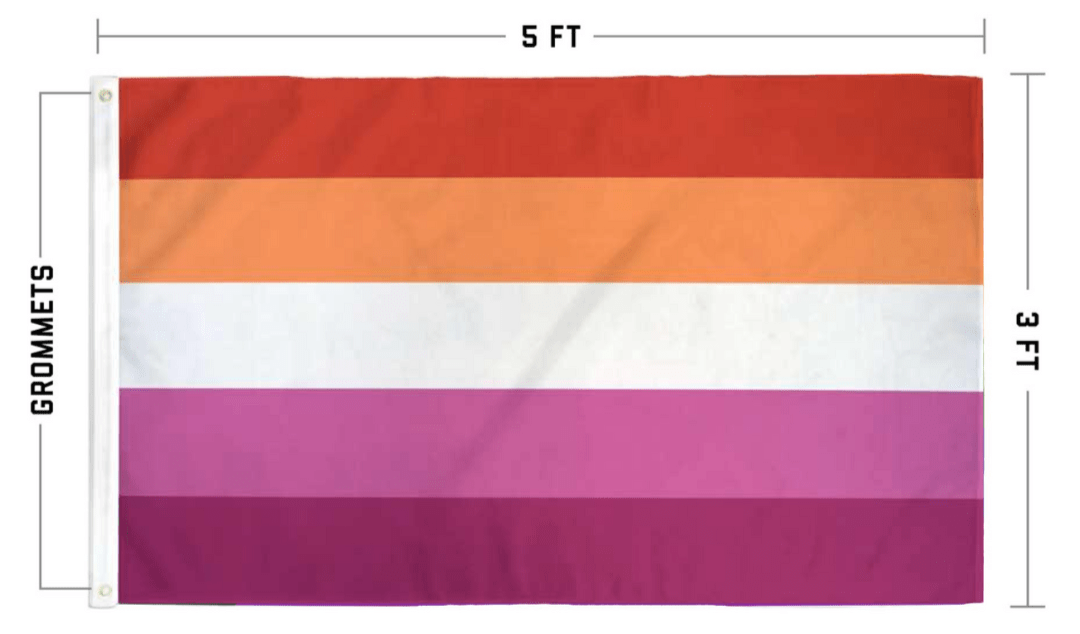
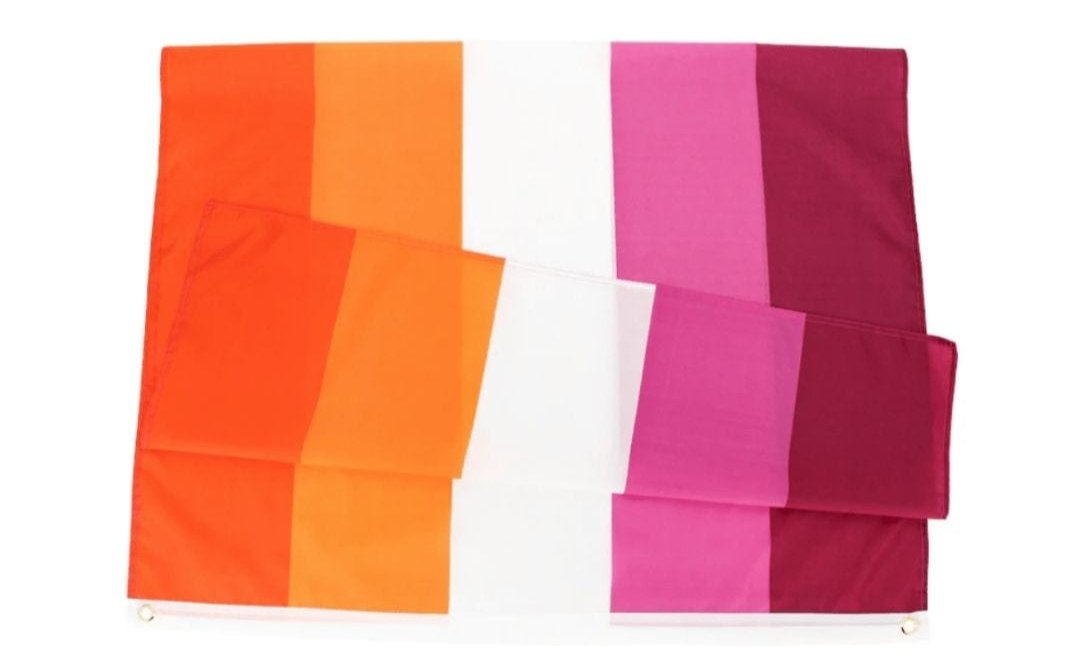

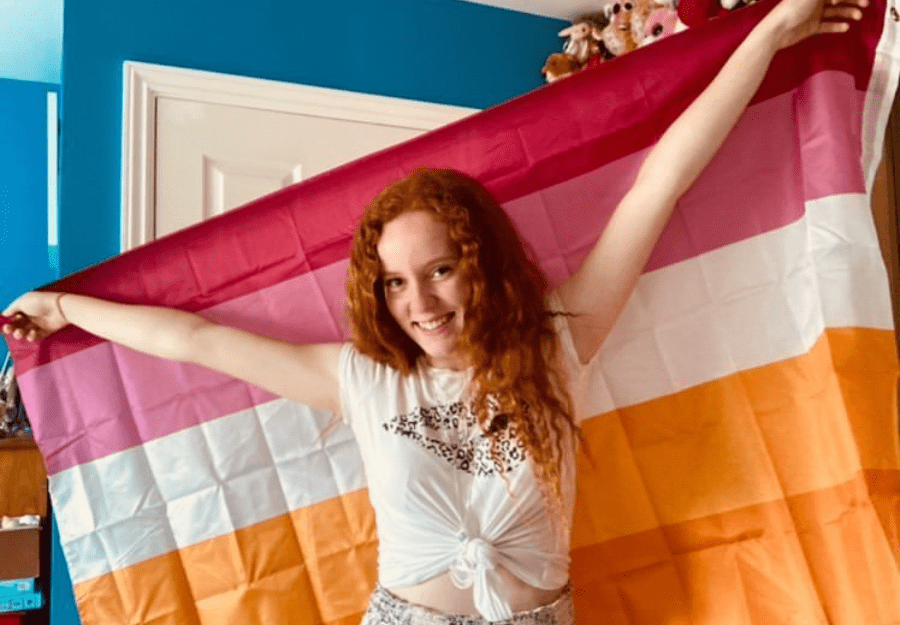

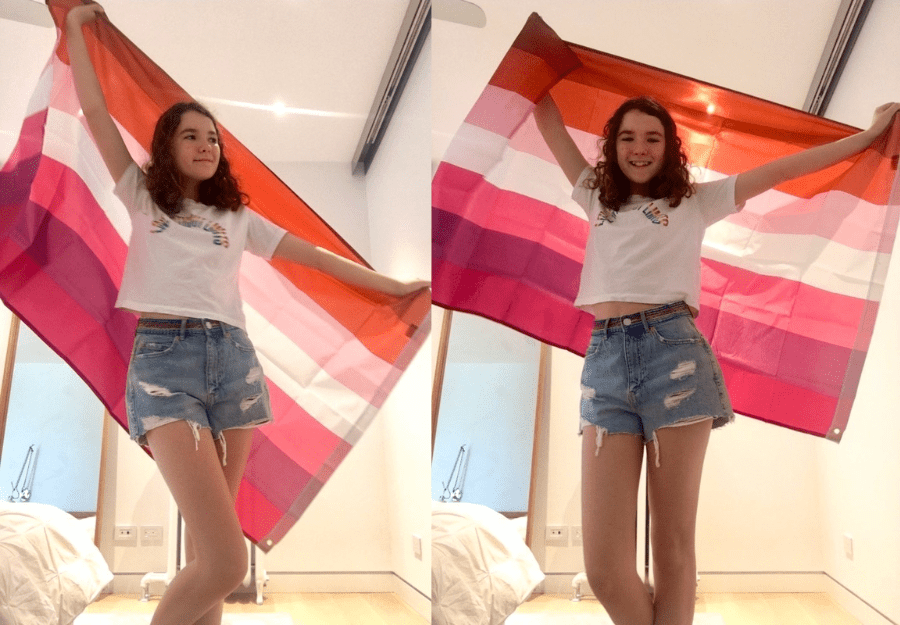
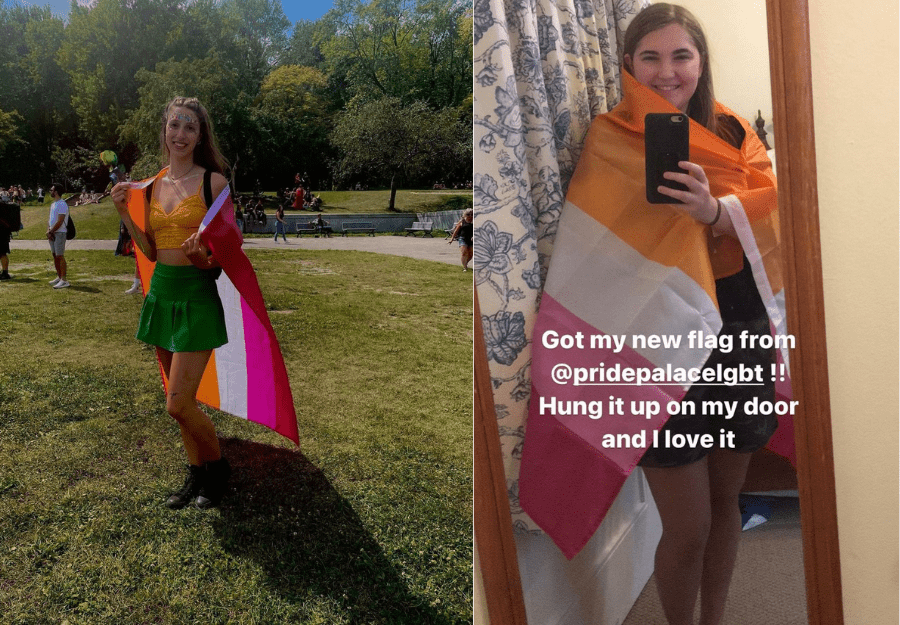
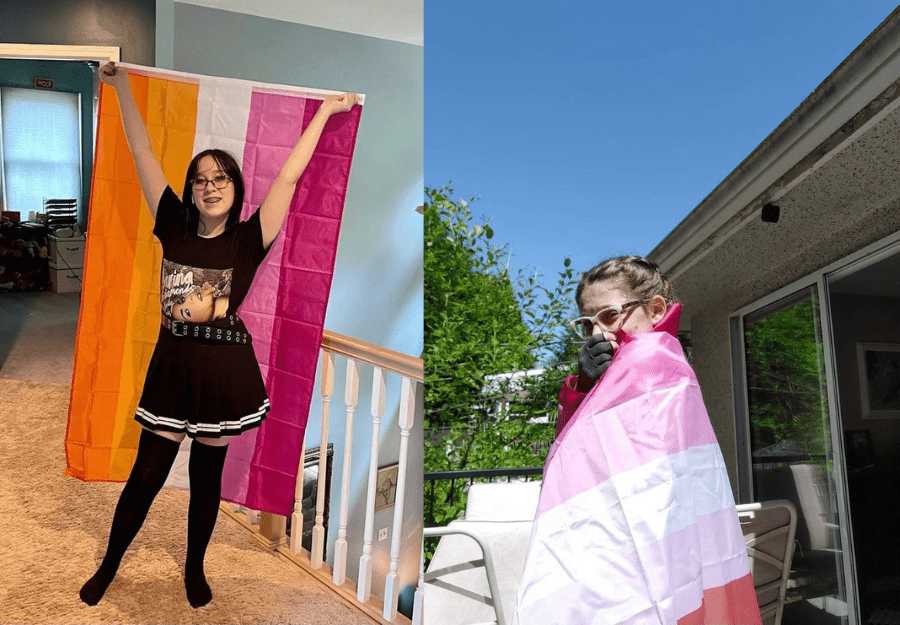
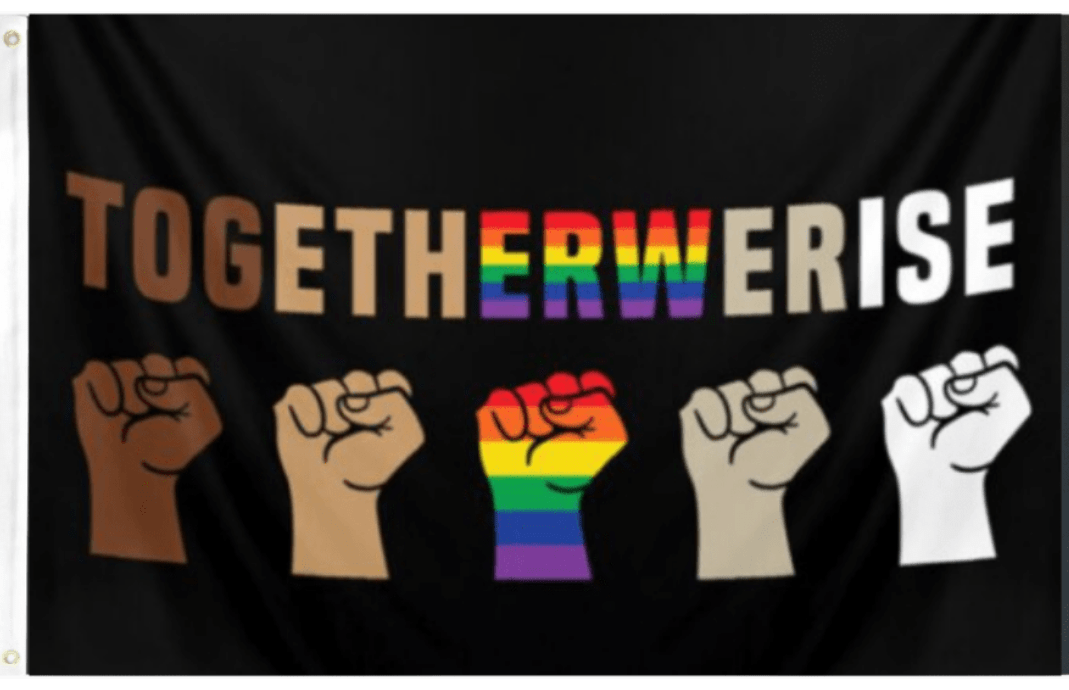
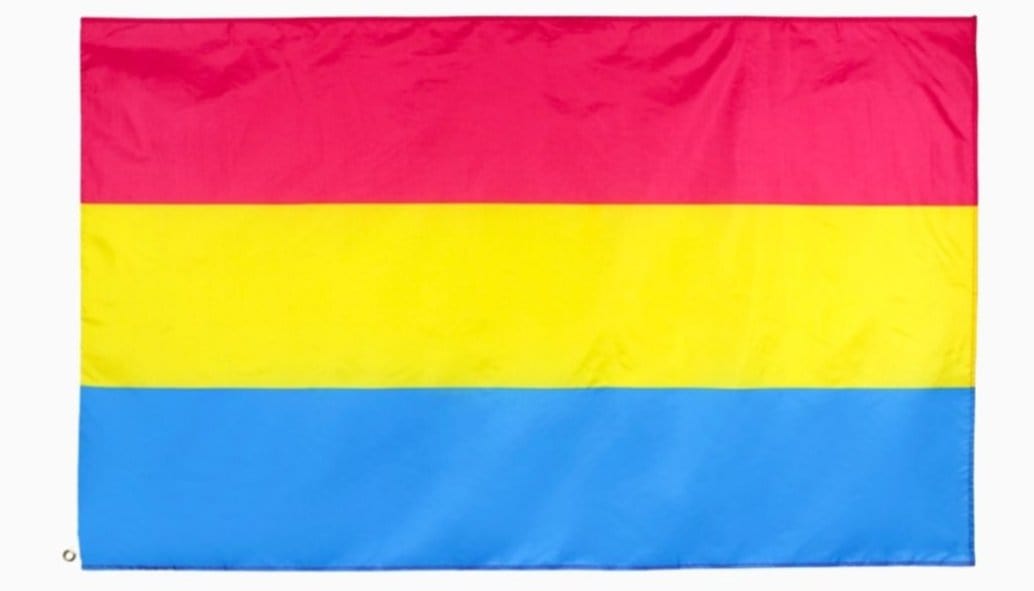
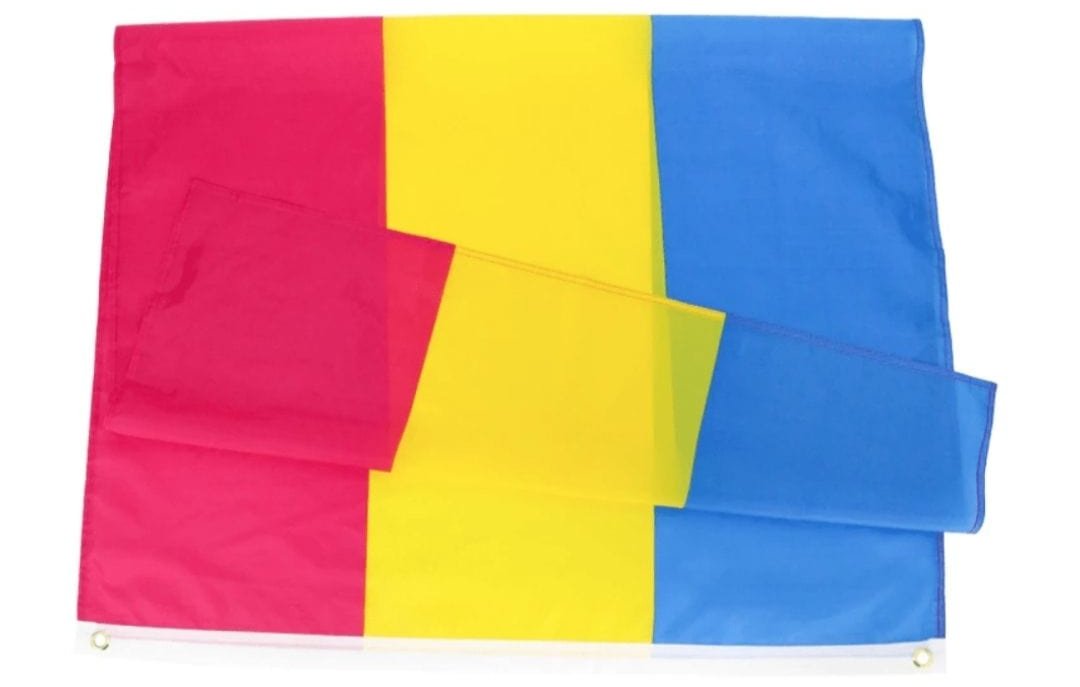



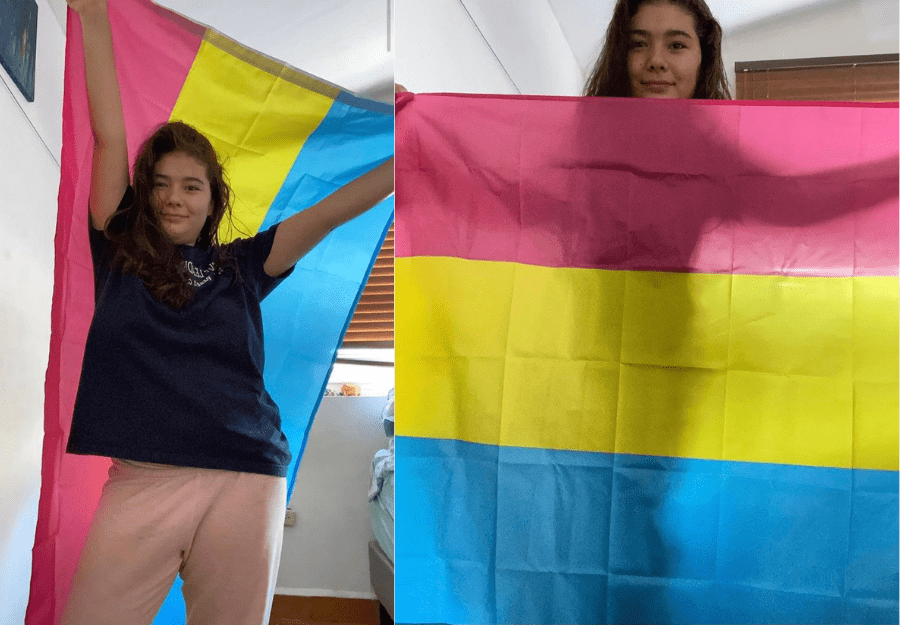

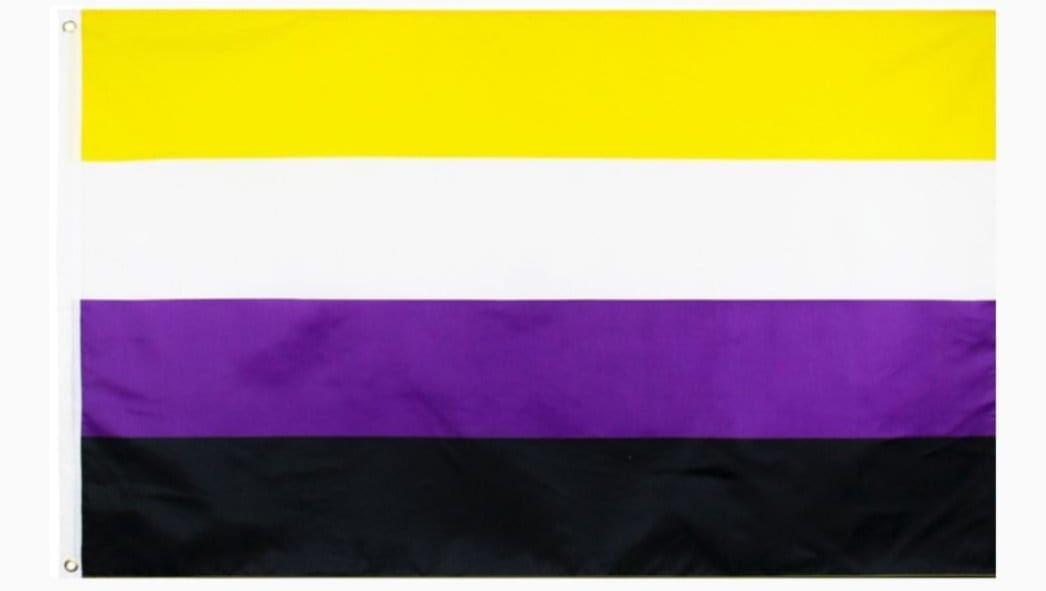
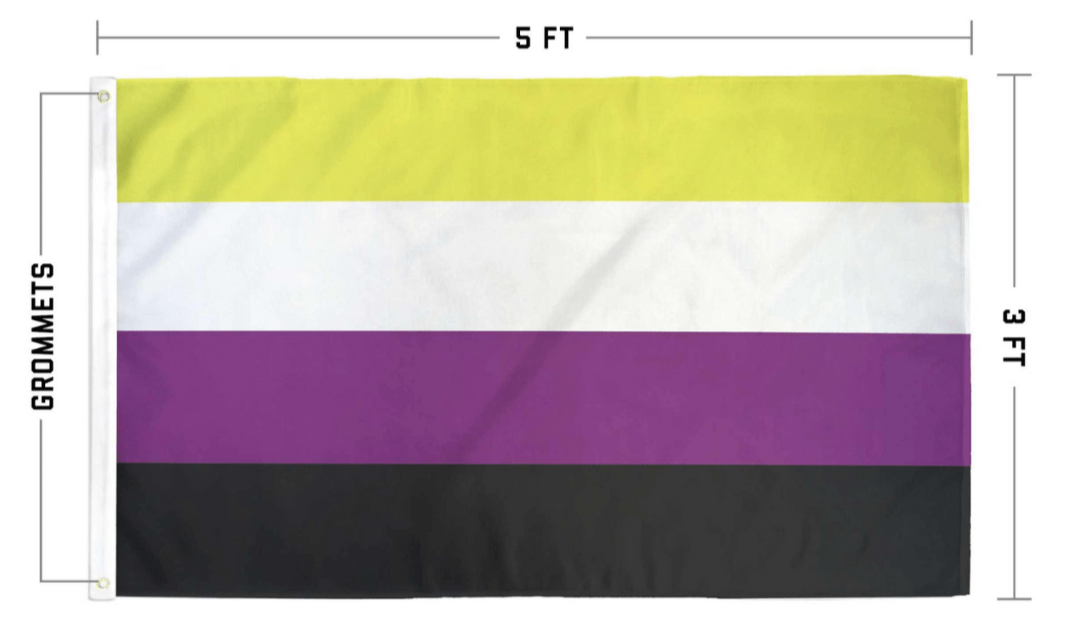
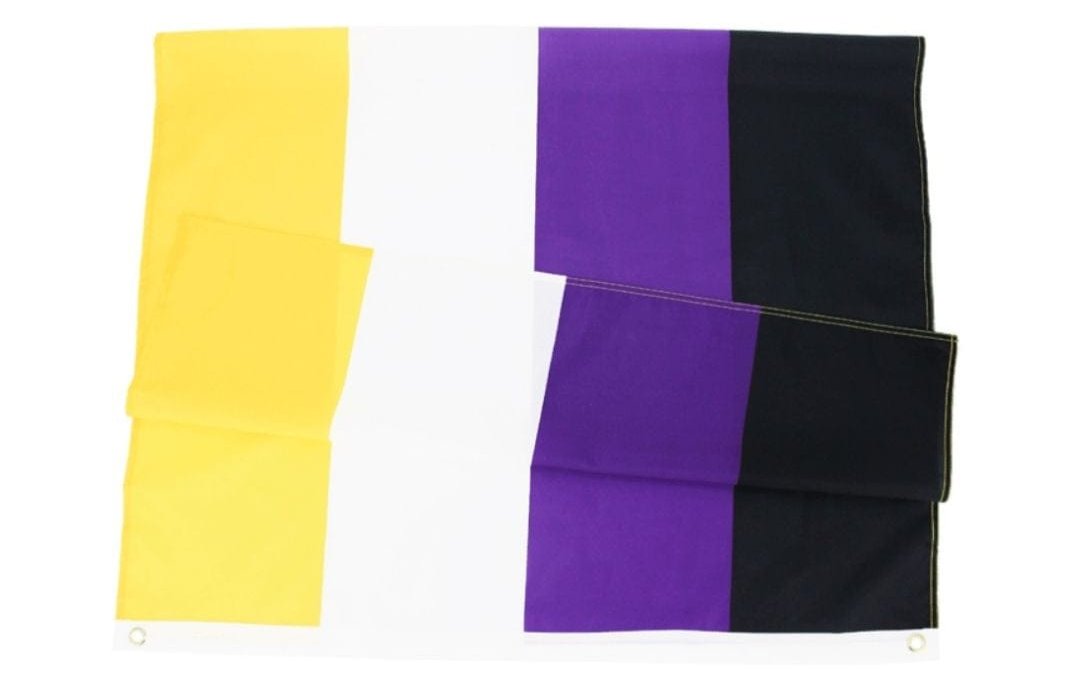


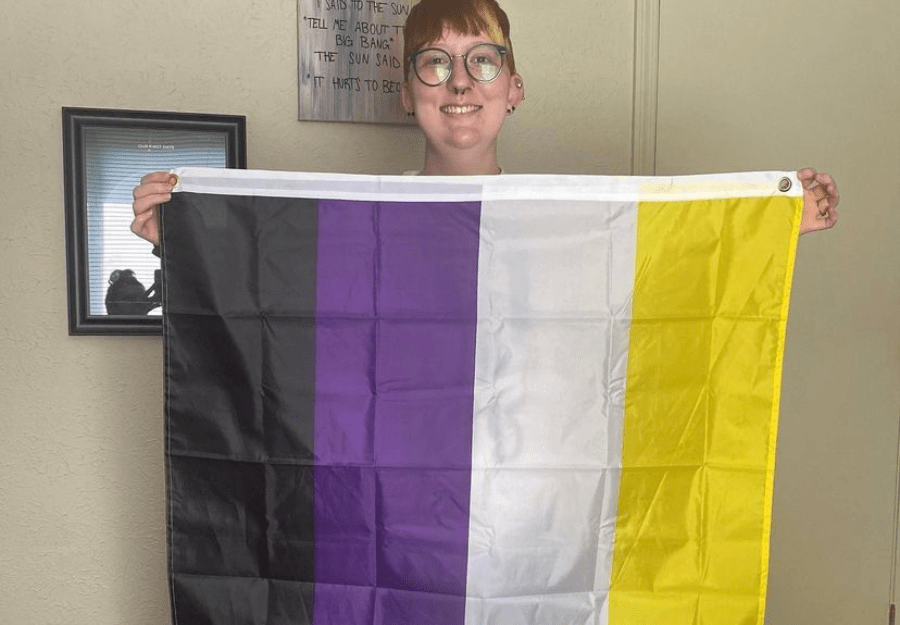




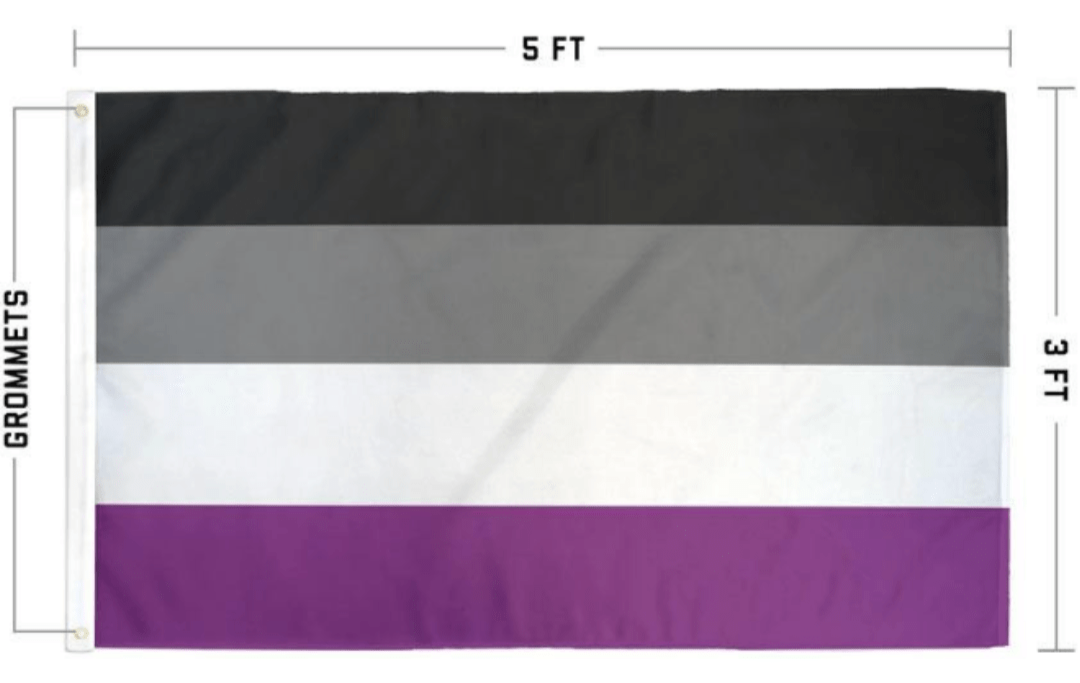
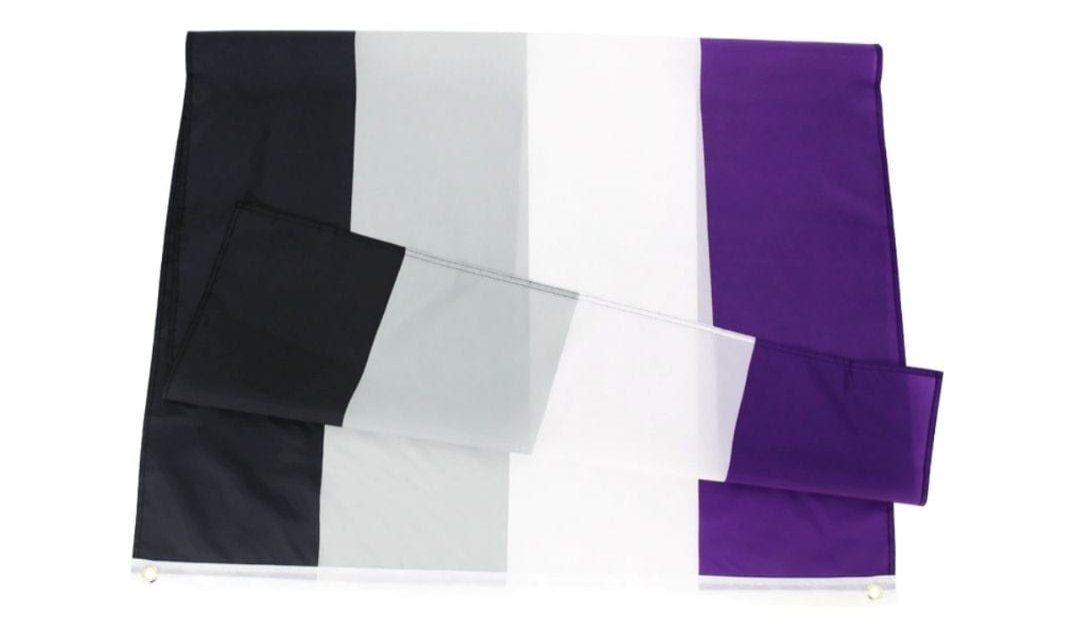


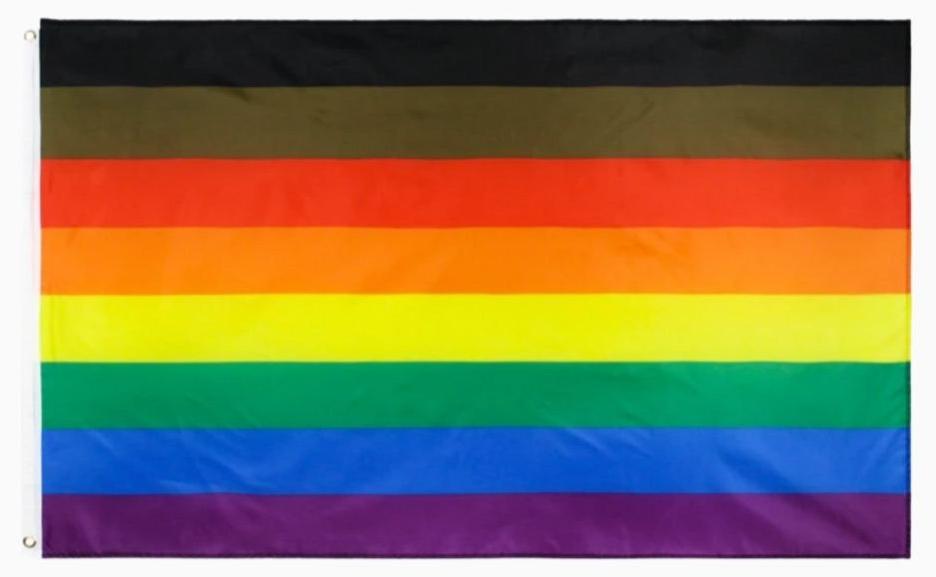
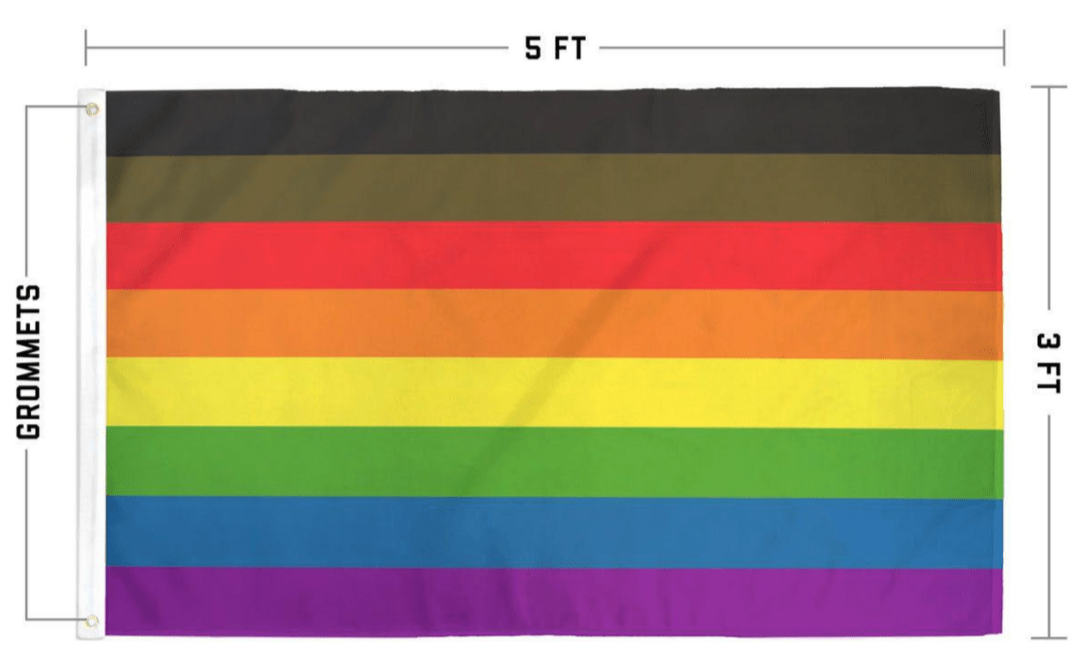
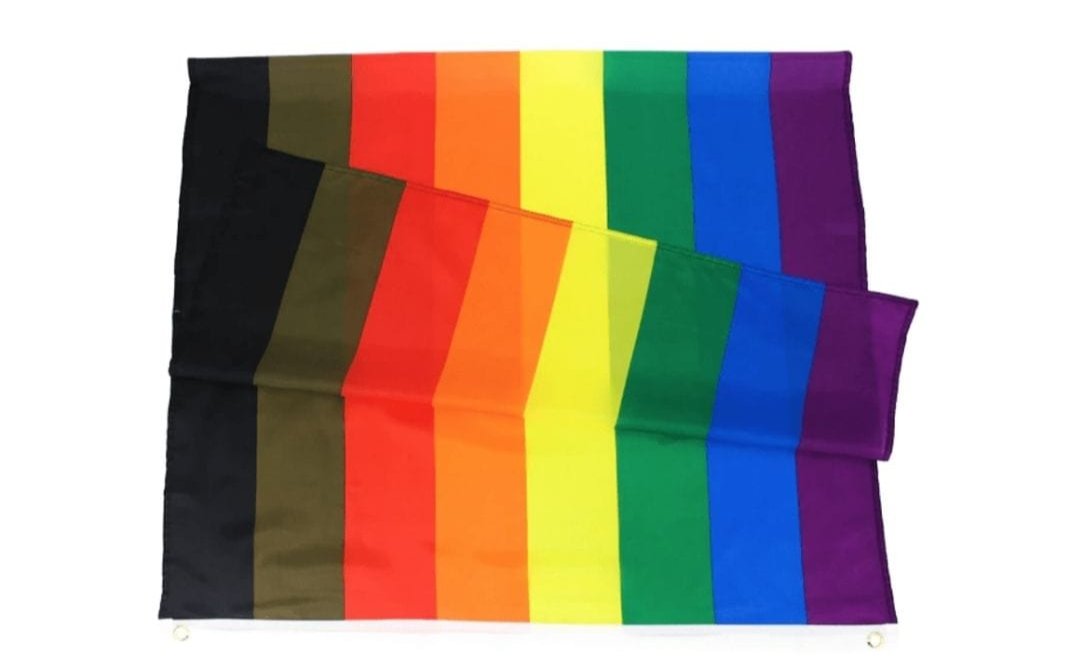
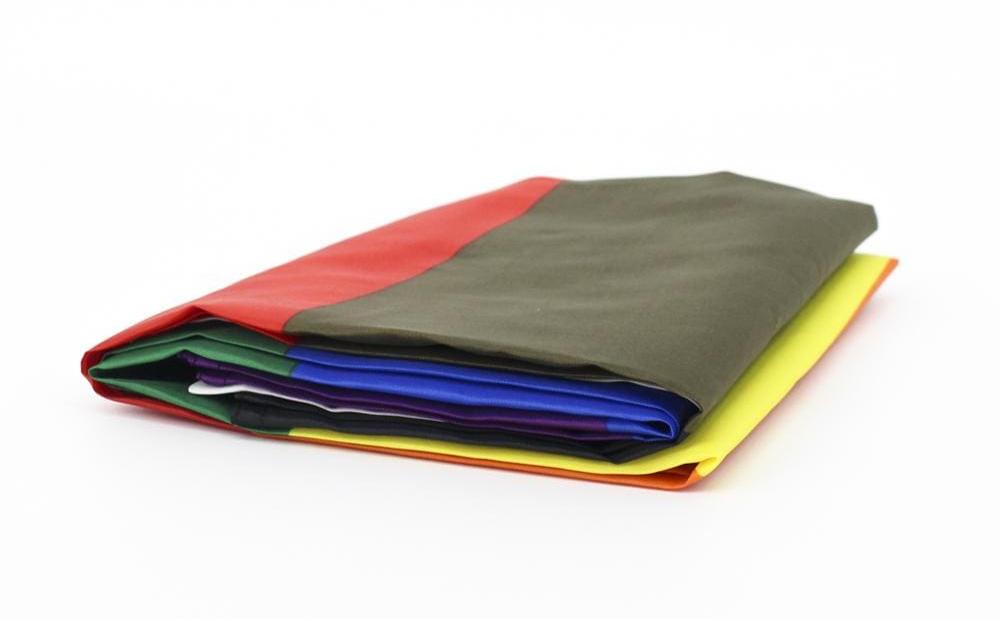
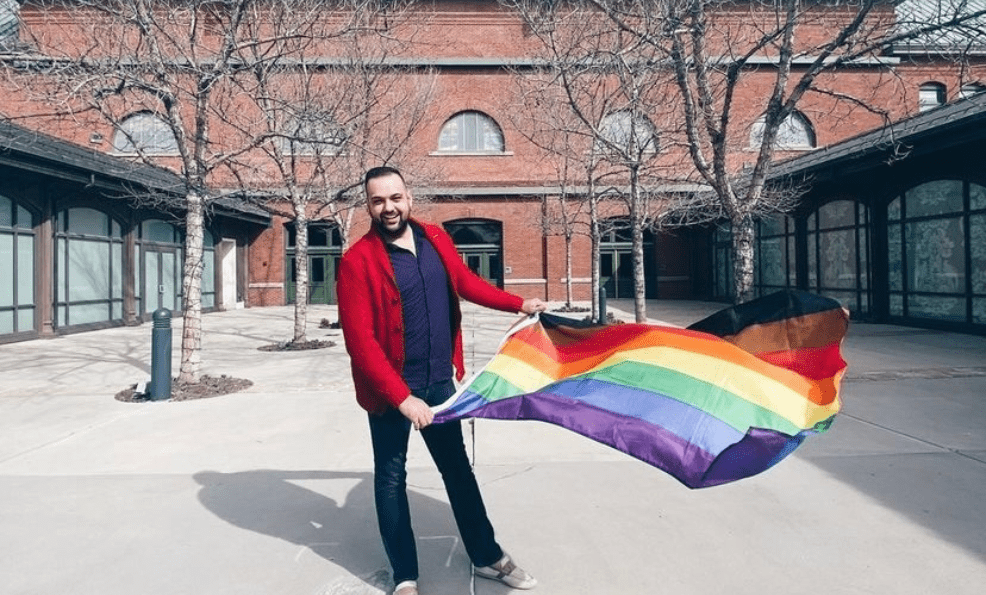
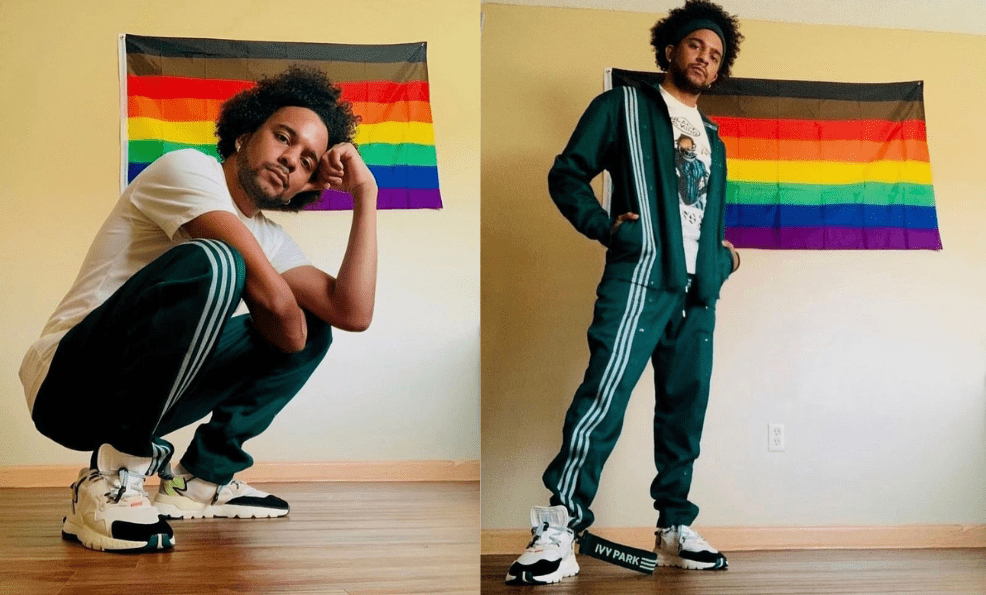
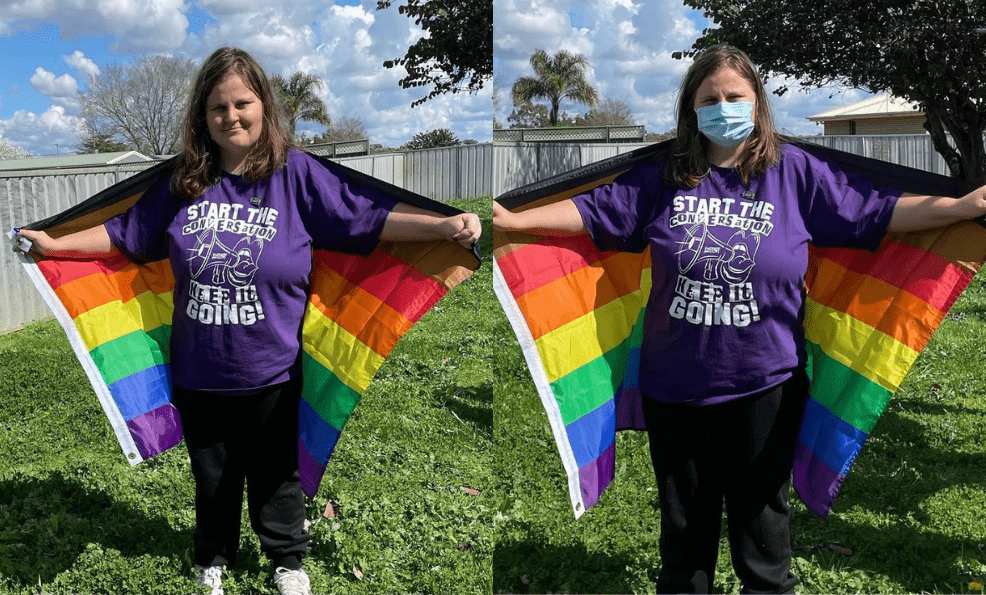
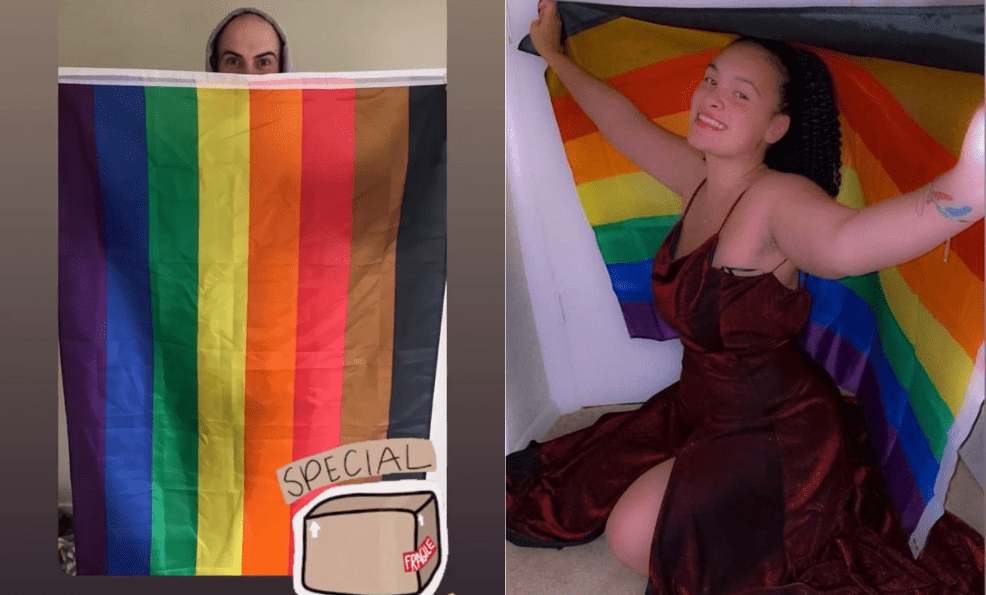
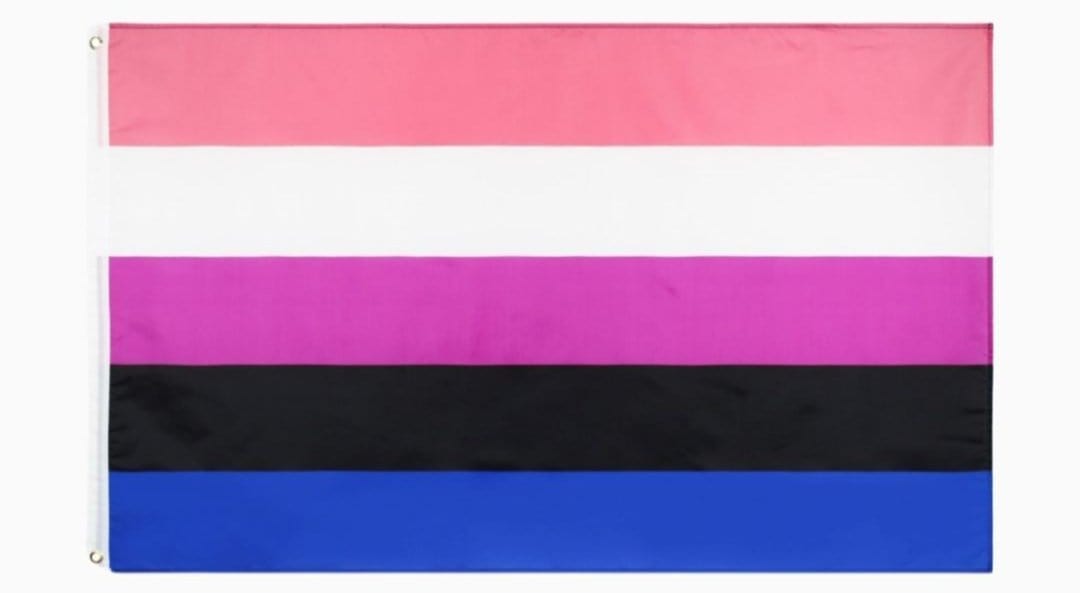
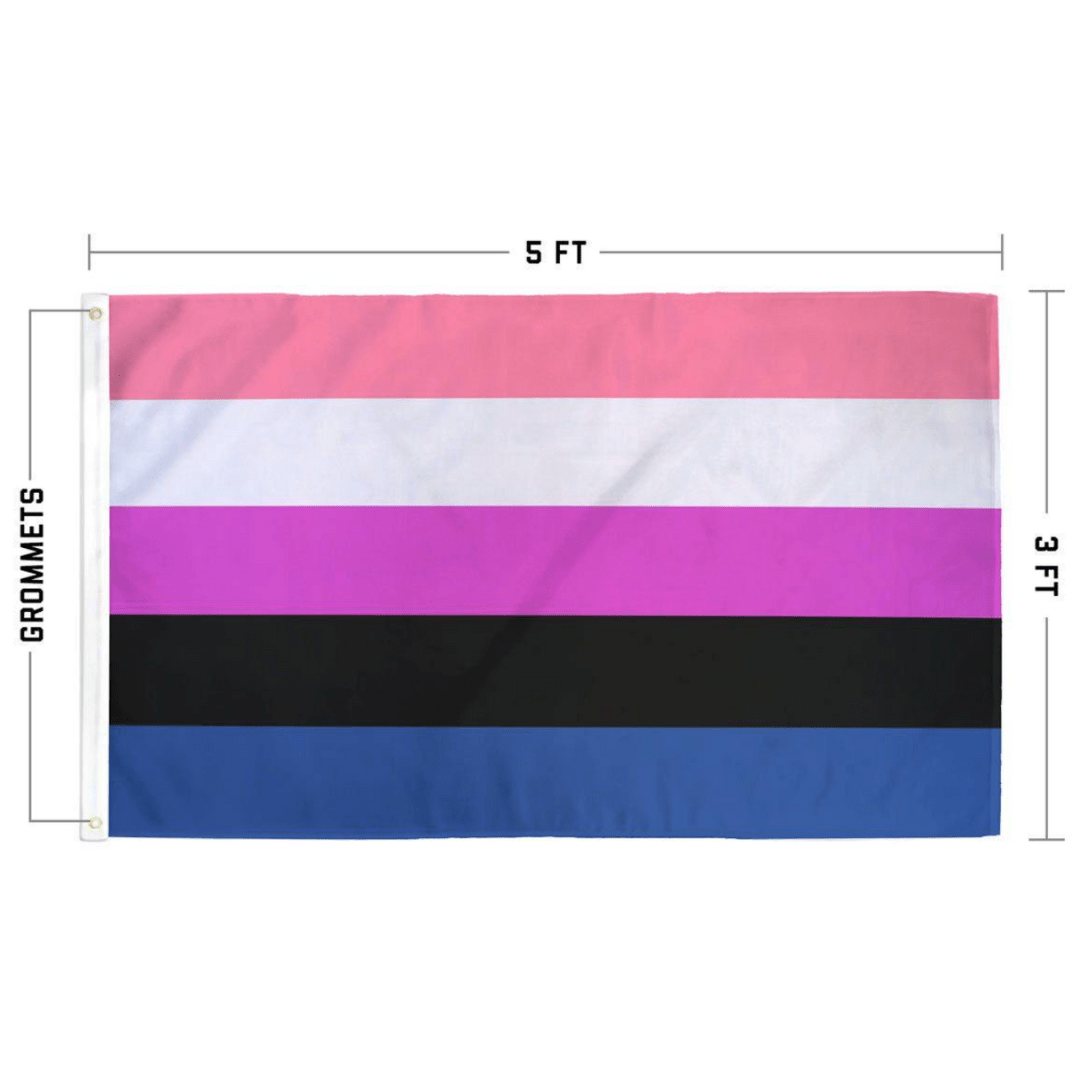
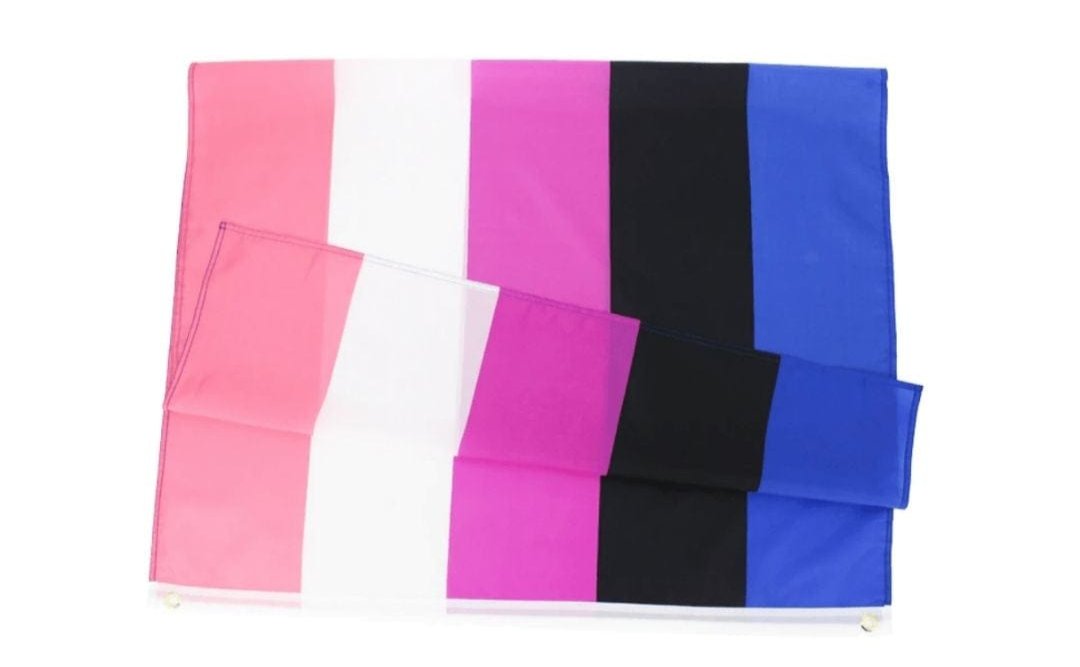
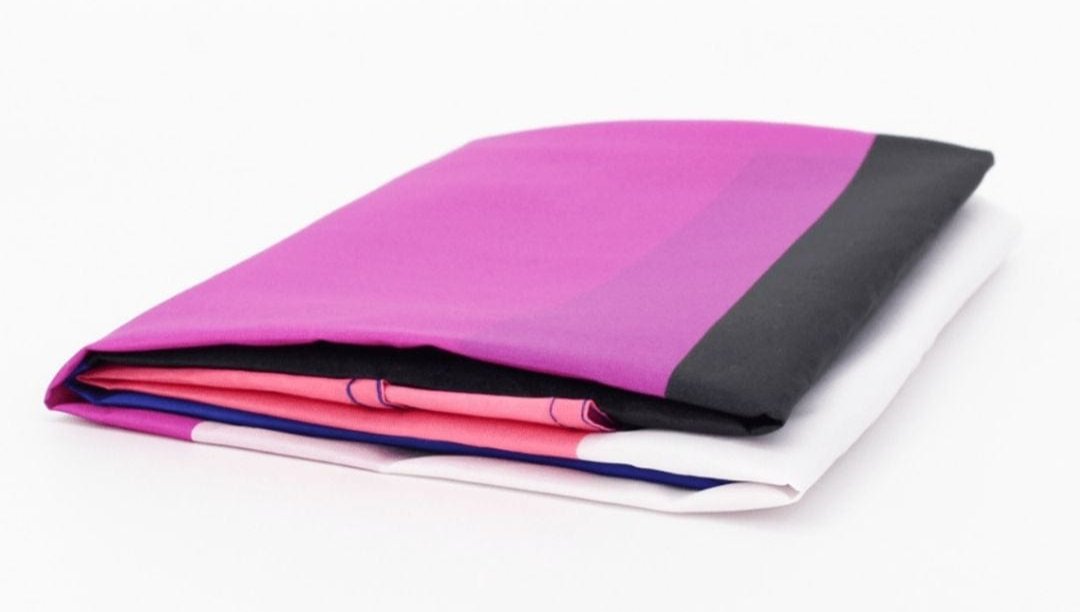
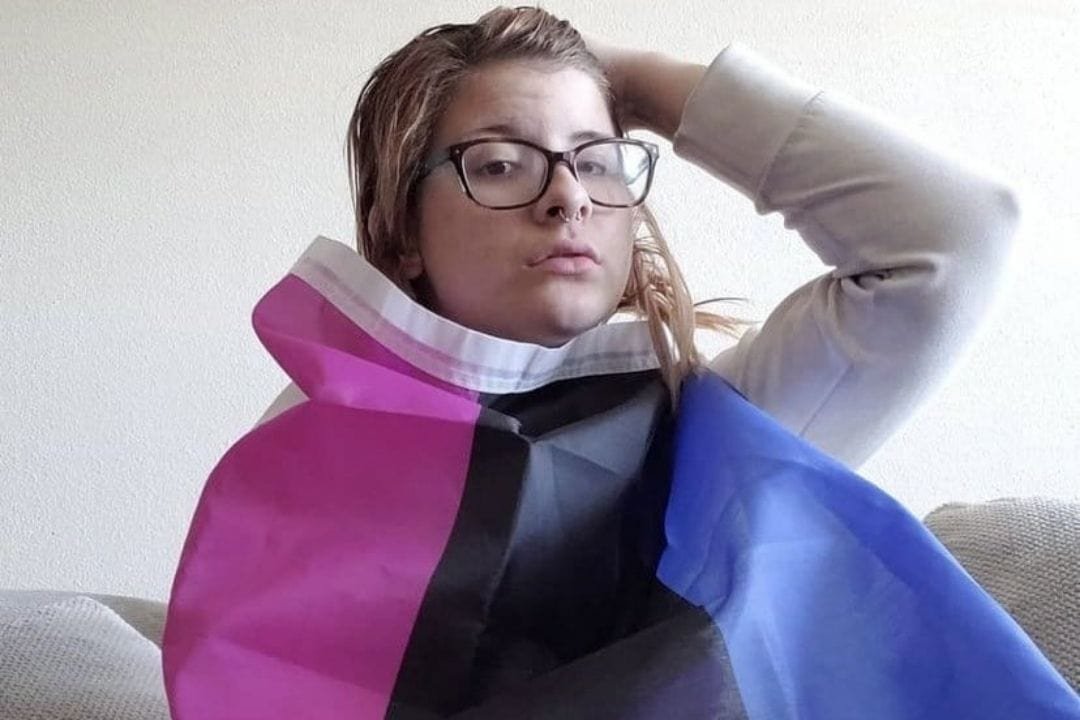
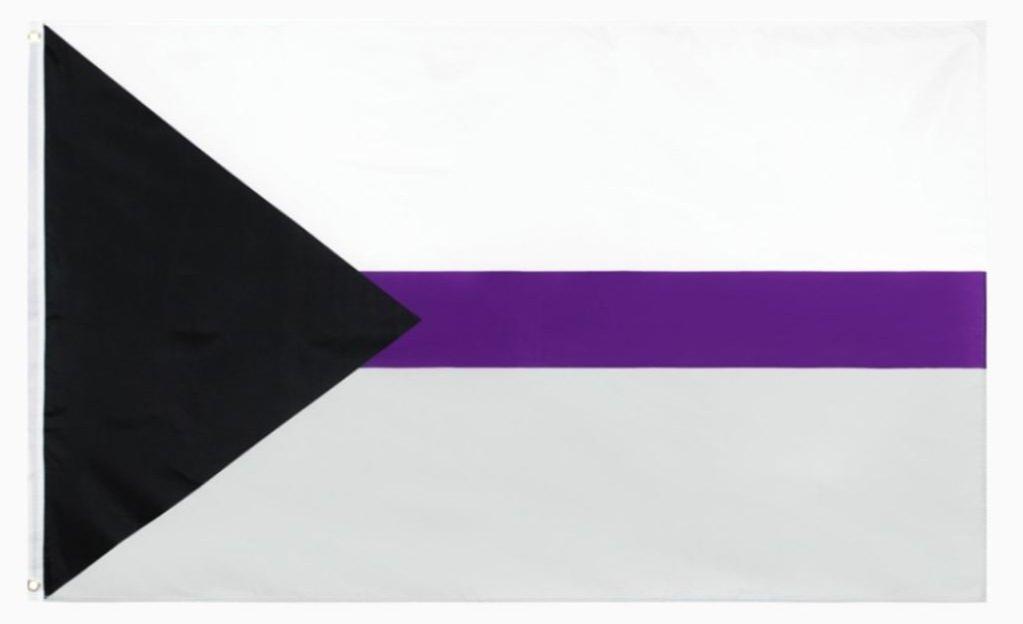
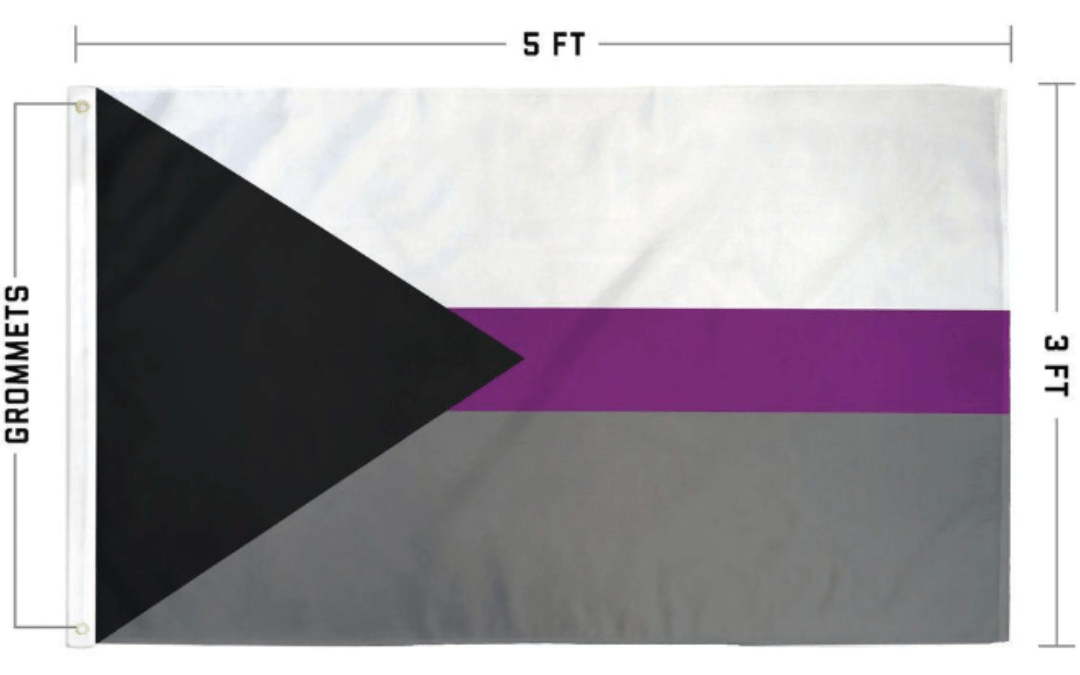
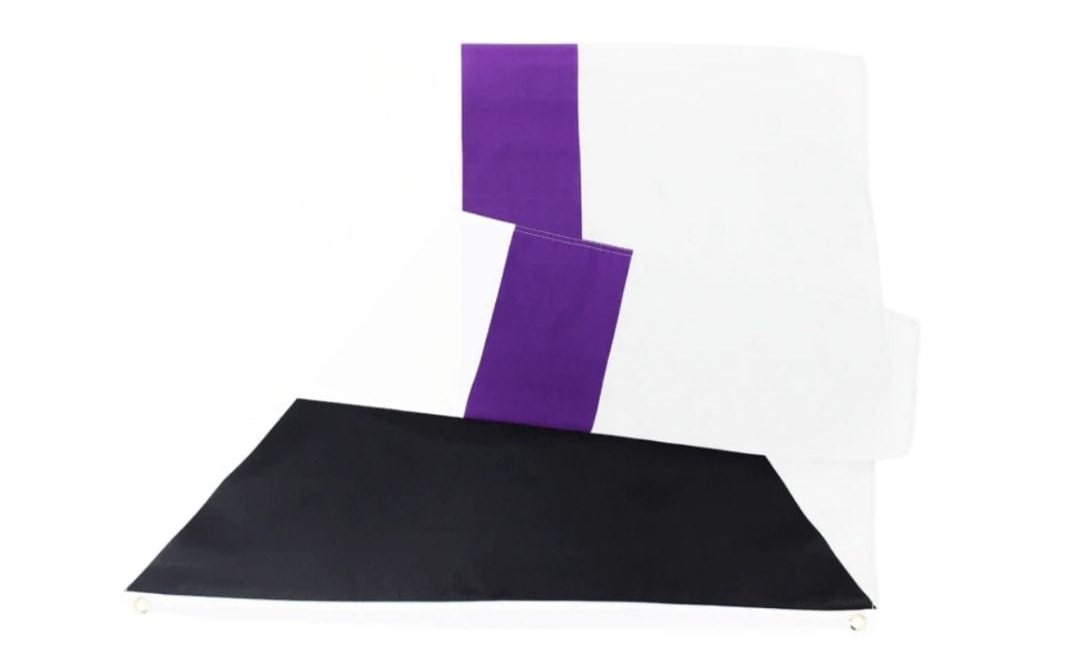
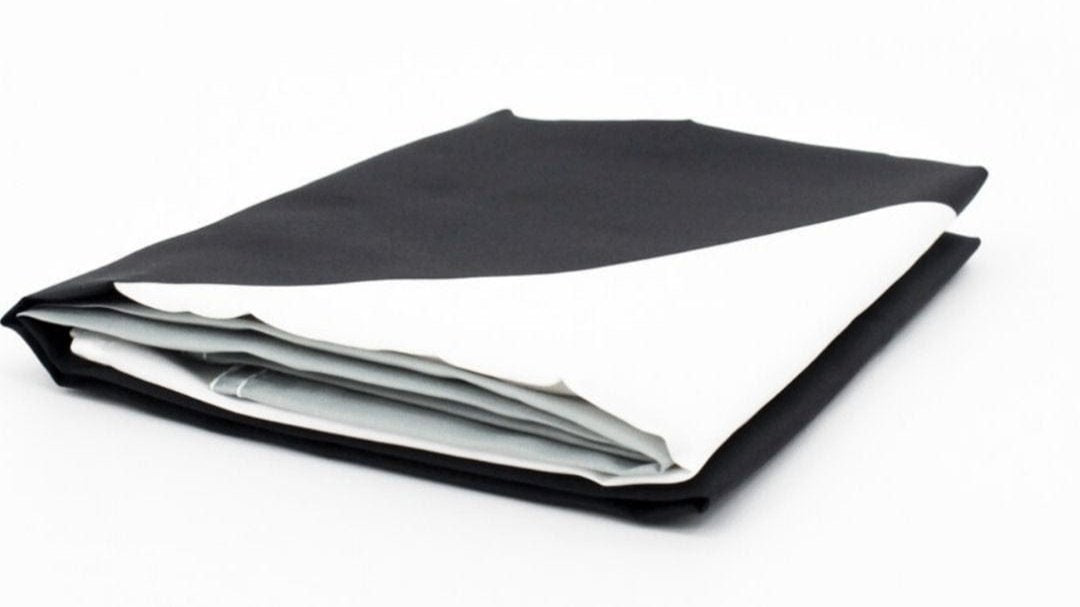
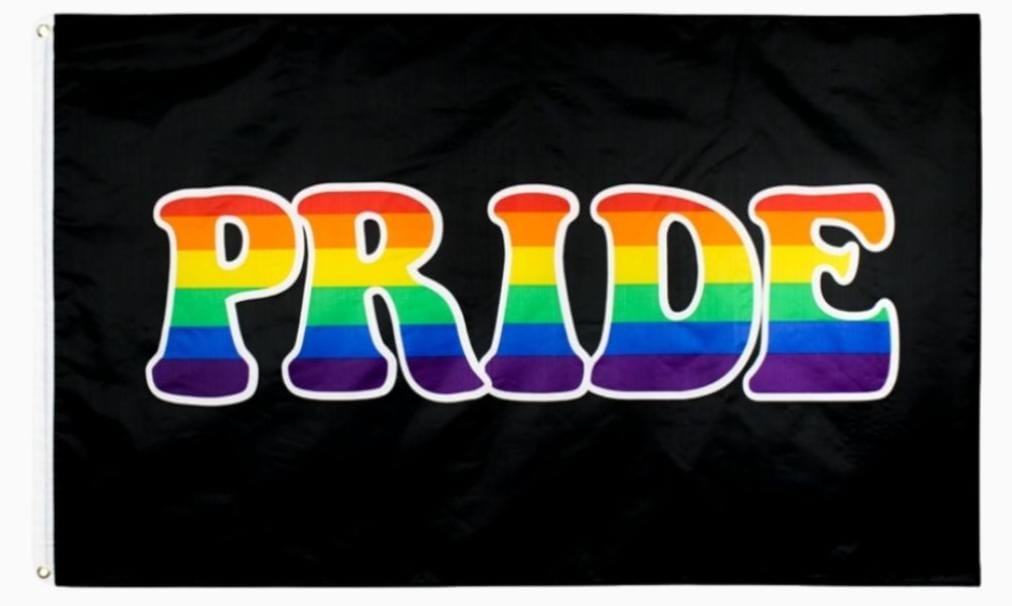
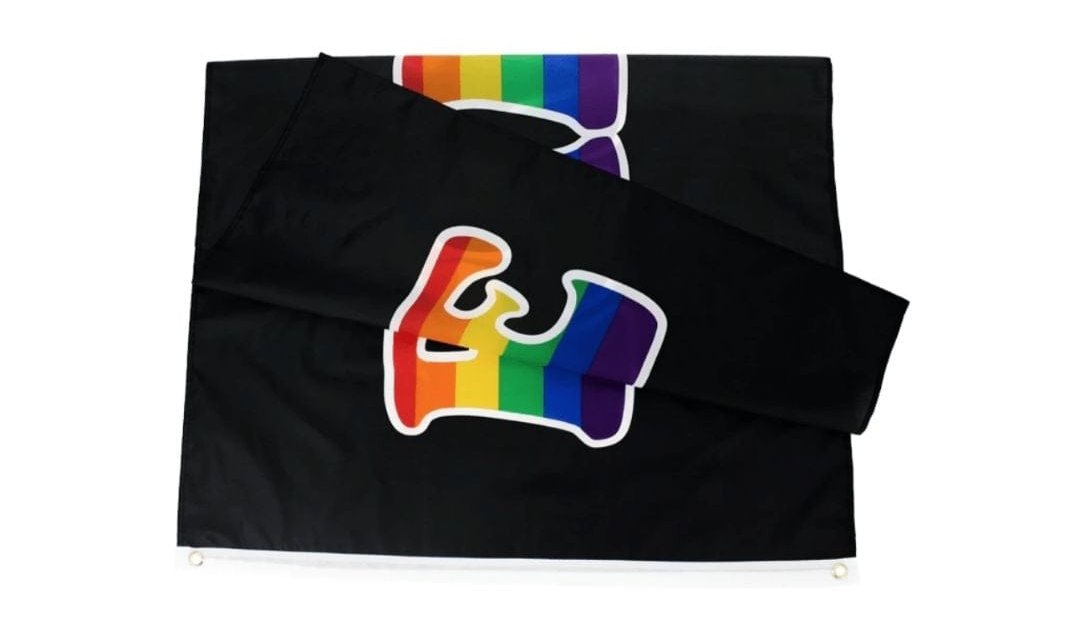
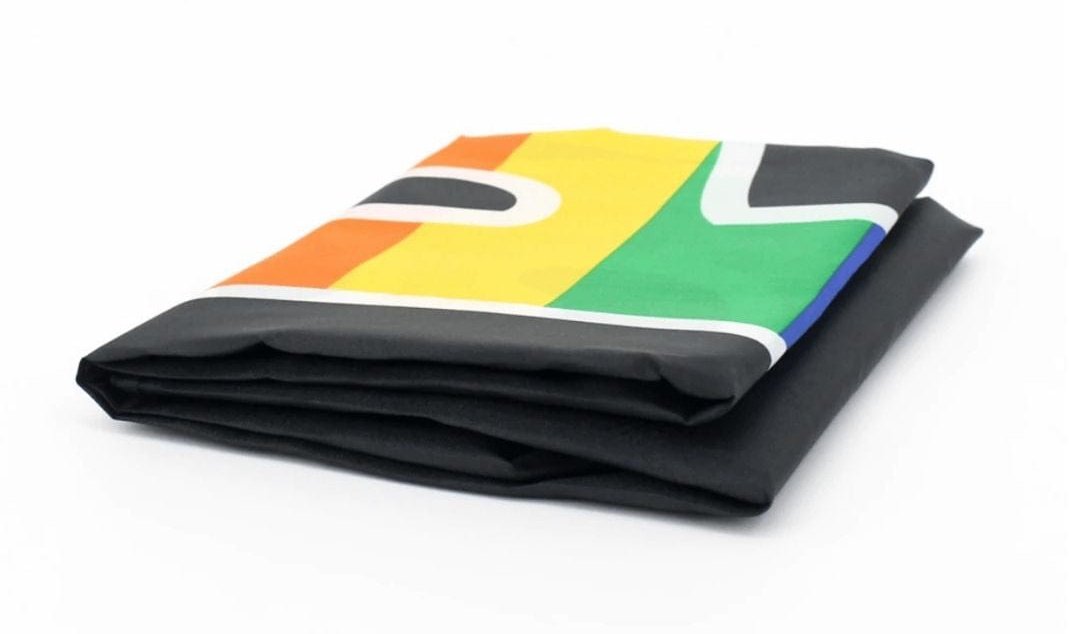
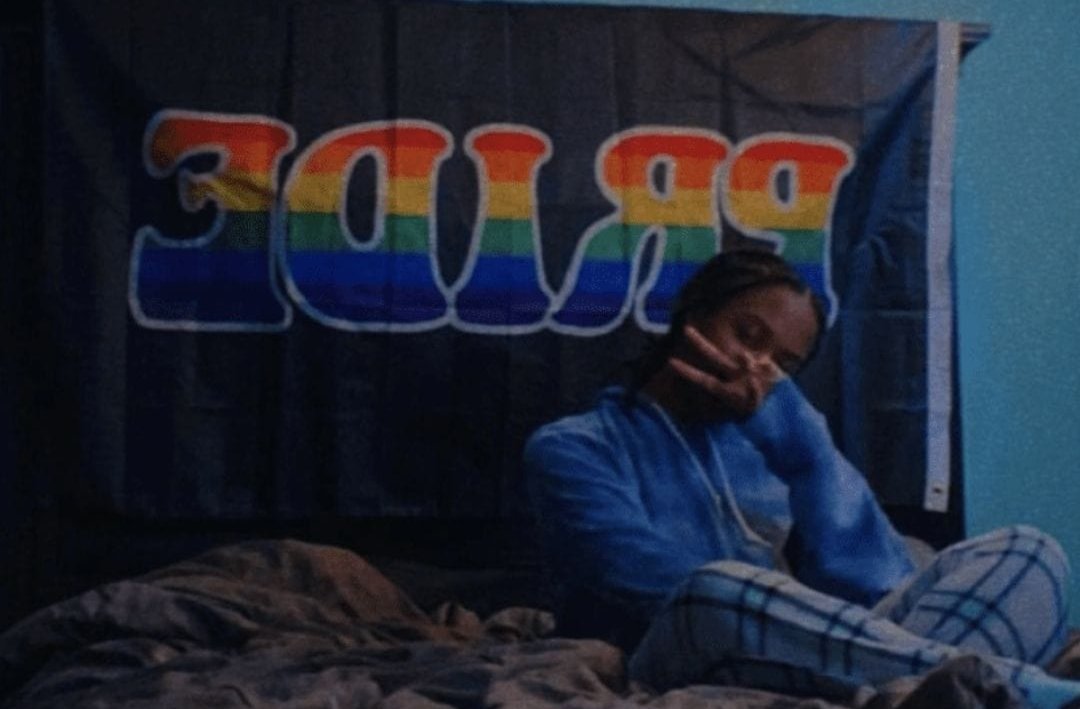
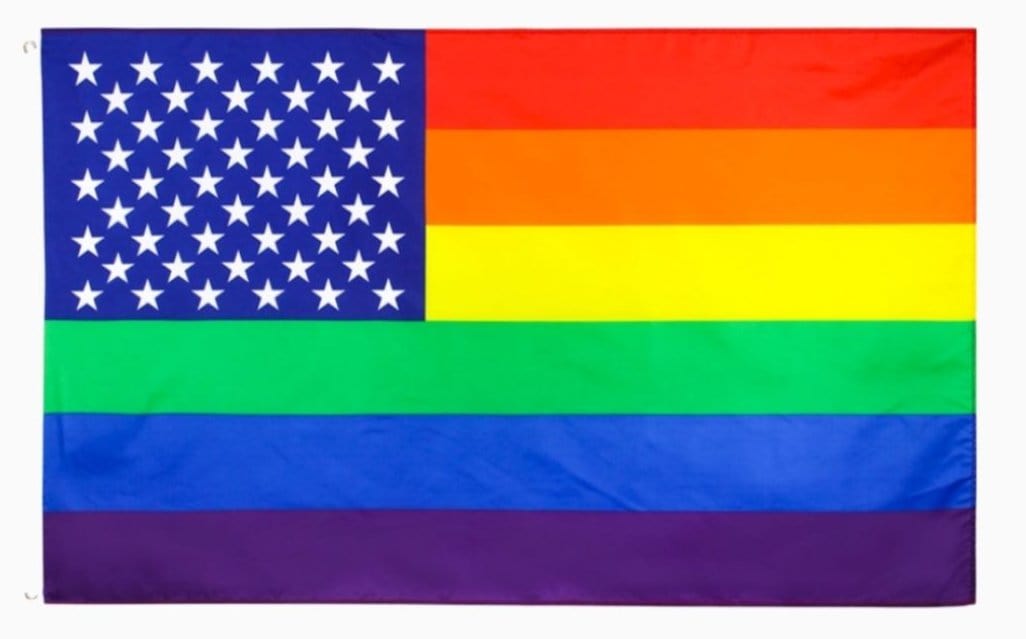
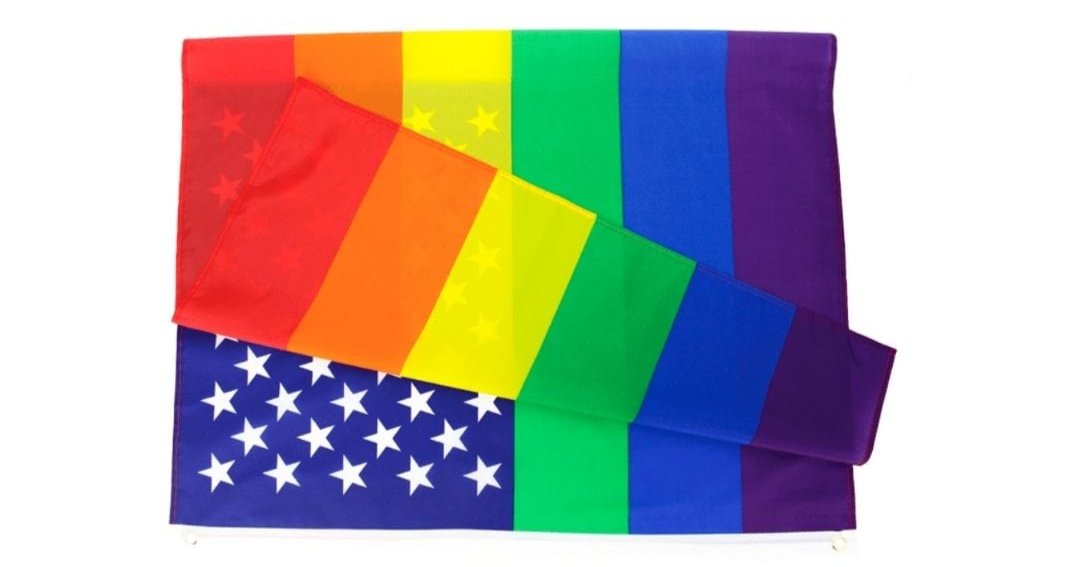
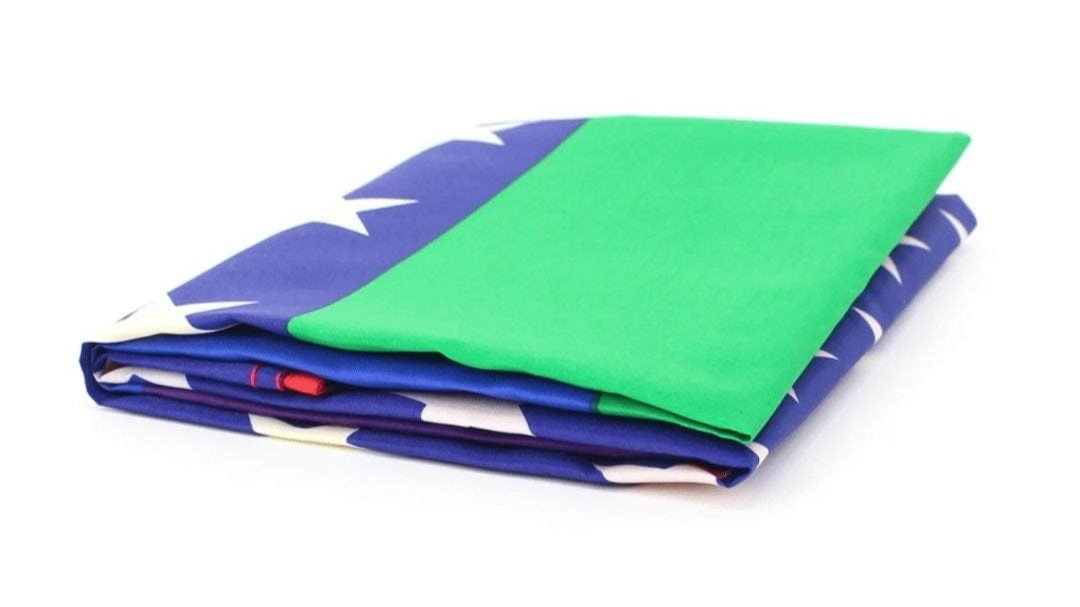

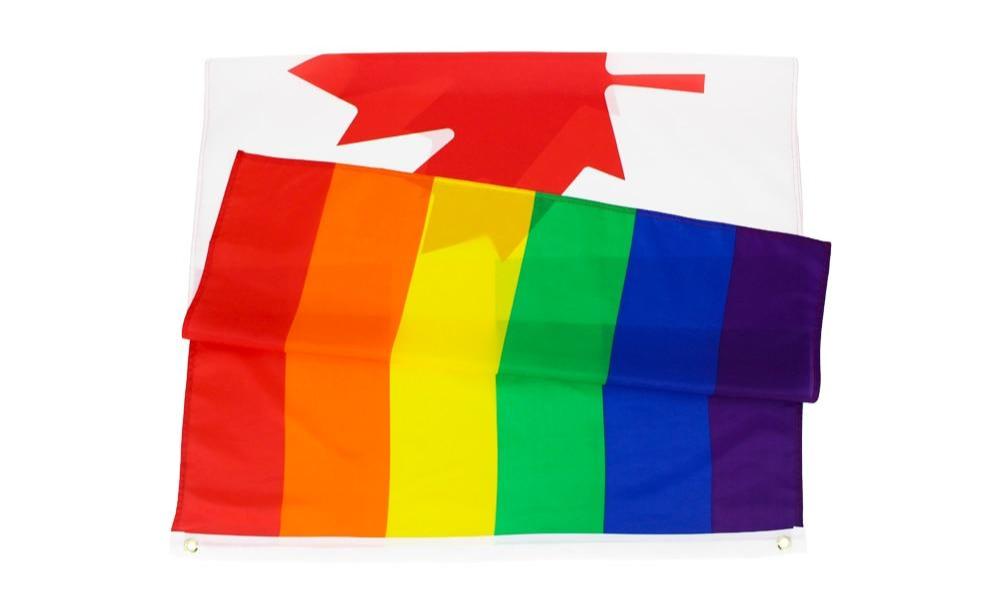


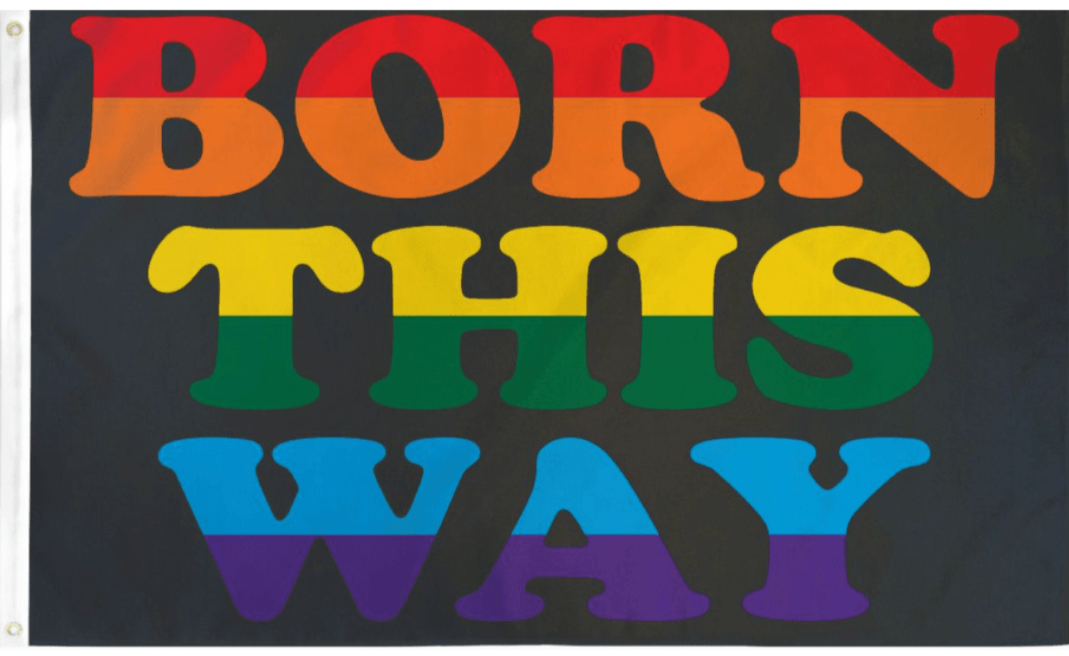

Comments
The digital drugstore offers a broad selection of medications at affordable prices.
Shoppers will encounter all types of drugs for all health requirements.
Our goal is to keep trusted brands without breaking the bank.
Speedy and secure shipping provides that your medication gets to you quickly.
Enjoy the ease of getting your meds with us.
https://www.apsense.com/article/839215-the-ultimate-kamagra-100mg-review-a-public-expos.html
Our e-pharmacy offers a wide range of health products for budget-friendly costs.
Shoppers will encounter various drugs to meet your health needs.
We strive to maintain safe and effective medications at a reasonable cost.
Quick and dependable delivery provides that your order is delivered promptly.
Enjoy the ease of ordering medications online on our platform.
https://www.apsense.com/article/834917-kamagra-gel-exploring-an-alternative-approach-to-ed-treatment.html
Центр “Эмпатия” предлагает профессиональную помощь в области ментального здоровья.
Здесь работают квалифицированные психологи и психотерапевты, которые помогут с любыми трудностями.
В “Эмпатии” используют эффективные методики терапии и индивидуальный подход.
Центр помогает при стрессах, панических атаках и сложностях.
Если вы ищете безопасное место для решения личных вопросов, “Эмпатия” — верное решение.
wiki.theappcode.netprofile.php
На нашем сайте вы можете купить аудиторию и лайки для TikTok. Мы предлагаем активные аккаунты, которые помогут росту популярности вашего профиля. Быстрая доставка и гарантированный результат обеспечат рост вашей активности. Тарифы доступные, а оформление заказа занимает минимум времени. Начните продвижение уже прямо сейчас и увеличьте охваты!
Накрутка просмотров Тик Ток купить
You made your stand pretty clearly..
online casino free spins no deposit codes https://combatcasino.info/real-money-online-casino-virginia/ award winning online casino
This is nicely put. .
golden nugget casino online pa https://combatcasino.info/review-shazam/ gta online casino heist stealth guide
Seriously lots of superb advice.
pa online casino no deposit promo codes for existing users https://combatcasino.info/review-ignition/ online casino with live craps
На данном сайте вы можете приобрести онлайн телефонные номера разных операторов. Они могут использоваться для регистрации профилей в различных сервисах и приложениях.
В ассортименте доступны как постоянные, так и одноразовые номера, которые можно использовать для получения SMS. Это простое решение для тех, кто не желает использовать основной номер в интернете.
регистрация в телеграмм
Оформление заказа очень удобный: определяетесь с подходящий номер, вносите оплату, и он сразу будет готов к использованию. Попробуйте услугу прямо сейчас!
Купоны со скидками — это уникальные комбинации символов, дающие выгоду при покупках.
Эти купоны применяются в интернет-магазинах для получения бонусов.
http://bike.by/forum/viewtopic.php?f=84&t=121846&p=597301
Здесь вы сможете получить действующие промокоды разных брендов.
Применяйте их, чтобы экономить на заказы.
На этом сайте можно ознакомиться с информацией о телешоу “Однажды в сказке”, его сюжете и ключевых персонажах. однажды в сказке смотреть онлайн бесплатно Здесь представлены интересные материалы о создании шоу, актерах и фактах из-за кулис.
На этом сайте вы сможете найти актуальное зеркало 1xBet.
Мы предоставляем исключительно свежие адреса для доступа.
Когда главный сайт заблокирован, примените зеркалом.
Оставайтесь всегда в игре без ограничений.
https://telegra.ph/Otvetstvennaya-igra-kak-poluchat-udovolstvie-bez-riskov-01-21
На данном сайте вы найдёте полезную информацию о препарате Ципралекс. Вы узнаете здесь сведения о показаниях, дозировке и вероятных побочных эффектах.
http://OtaketakeNewZealand.jocc.xyz/category/website/wgI2vZFhZf5rbhFqBTP7G0CD1
На этом сайте вы сможете найти полезную информацию о препарате Ципралекс. Вы узнаете здесь информация о показаниях, дозировке и возможных побочных эффектах.
http://Interchange145-usa.omob.xyz/category/website/wgI2vZFhZf5rbhFqBTP7G0CD1
На этом сайте вы найдёте полезную информацию о препарате Ципралекс. Вы узнаете здесь информация о основных показаниях, дозировке и возможных побочных эффектах.
http://ROAllenHouseAllenAcademy-usa.omob.xyz/category/website/wgI2vZFhZf5rbhFqBTP7G0CD1
На этом сайте вы найдёте полезную информацию о терапии депрессии у людей преклонного возраста. Также здесь представлены методах профилактики, современных подходах и рекомендациях специалистов.
http://forum.pinoo.com.tr/viewtopic.php?pid=2443245
На этом сайте вы сможете найти подробную информацию о терапии депрессии у людей преклонного возраста. Вы также узнаете здесь о методах профилактики, актуальных подходах и рекомендациях специалистов.
http://h-breed.com/uncategorized/hello-world/
На этом сайте вы можете найти важной информацией о терапии депрессии у людей старшего возраста. Здесь представлены рекомендации и описания методов лечения этим состоянием.
http://lavidriera.cl/?p=4496&unapproved=254695&moderation-hash=0f8649286c8d72b90f5249fbb8449d66
На этом сайте вы найдете лучшие витамины для умственной деятельности. Средства предназначены для стимуляции работы мозга.
https://august7oa9b.blogofoto.com/63353532/витамины-для-мозга-Секреты
Бренд Balenciaga является выдающимся домов высокой моды, который был основан в первой половине 20 века легендарным кутюрье Кристобалем Баленсиагой. Бренд известен своими смелыми моделями и необычными силуэтами, которые часто бросают вызов общепринятым модным стандартам.
https://balenciaga.whitesneaker.ru/
I am a casino online that has shared my information on how to make money online, This is not a scam but my knowledge of how to play.
https://main7.top
Модные заметки по подбору крутых луков на каждый день.
Заметки стилистов, события, все показы и шоу.
https://urban-moda.ru/all/749-za-chto-my-lyubim-brend-coach-ikona-amerikanskogo-stilya-i-masterstva/
field balancing
In the realm of industrial machinery, where the harmony of mechanical components is paramount, the concept of field balancing emerges as a powerful deity tasked with the equilibrium of rotating elements. It stands at the intersection of vitality and distress, wielding the power to diminish vibration, enhance efficiency, and prolong the lifespan of essential equipment, from fans and mulchers to complex harvesting systems.
Imagine the saga of industrial fans, the giants of airflow, tirelessly working to provide climate control and ventilation across various sectors. Yet, within their core lies the peril of imbalance—a disturbance that can lead to catastrophic failures. Here, the myth of field balancing unfolds. By engaging the ancient art of dynamic balancing, with tools such as the Balanset portable balancer and vibration analyzer, operators are able to conjure a new destiny for these machines. Through precise adjustments, the impellers of these fans can be fine-tuned, restoring harmony and ensuring that the fans rotate with grace and minimal vibration.
From the dense forests where mulchers reign supreme, to the quiet fields where combines gather the harvest, the tale of field balancing continues. Each machine is a character in this narrative, each rotor—a key player influenced by the forces of imbalance. Forestry mulchers, designed to clear land with efficiency, require vigilant oversight; their rotors must be balanced flawlessly to prevent excessive wear and tear. By calling upon the expertise in field balancing services, operators safeguard their equipment against the chaos of vibration, embracing the peace of mind that comes with performance assurance.
Field balancing doesn’t only serve the titans of fans and mulchers; it extends its reach to the intricate machinery within combine harvesters and crushers. The act of balancing these assemblies not only curtails the vibrations that threaten to disrupt their functionality but also enhances productivity. As the winds of the harvest season approach, the necessity for field balancing becomes as vital as the sun in the sky. With each well-balanced rotor, these machines glide through fields, gathering grain and ensuring a bountiful return.
As this narrative unfolds, we must recognize the comprehensive maintenance approach underlying the philosophy of field balancing. Not merely a service, it is a holistic doctrine echoing the importance of reliability and efficiency. By prioritizing diagnostics and proactive measures to mitigate potential malfunctions, field balancing acts as a guardian spirit, striving to maximize equipment uptime and to ward off the dreaded specter of unplanned breakdowns. Each intervention is not just an act of repair but a strategic move in a larger chess game of industrial productivity.
In this rich tapestry, the service availability of field balancing speaks to diverse types of businesses and individuals across Portugal. A personalized approach to each client is akin to a tailor crafting a suit—meticulously considering the unique requirements and specifications entailed by each piece of equipment. The dance of cost is also a vital part of this ballet, where the expense of service is carefully balanced against the distance traveled and the complexity of the task at hand. This spirit of collaboration ensures that every customer receives the most effective and economical solutions, customized to their specific industrial mythos.
The allure of field balancing services beckons as a promise of longevity and reliability. Choosing to engage with these services is not merely a transaction; it is a commitment to the enduring performance of machinery that stands as the backbone of many industries. Within this sacred choice lies the opportunity for equipment to operate smoothly, akin to celestial bodies in their orbits, free from the disruptive forces of imbalance.
Within the temple of field balancing, the criteria for evaluating machine performance serve as sacred inscriptions, guiding practitioners toward the path of proper alignment. Machines are classified into various tiers based on their capacity and foundation stability, with specified limits defining the acceptable levels of vibration. Class I machines, akin to modest yet dependable beings, must maintain their vibrations below 0.7, while the grander Class IV machines operate on less stable ground, where even slight imbalances can evoke significant consequences. Understanding this hierarchy is essential in determining the right approach to balancing, ensuring machines are worshipped in their rightful category.
The cost structure of field balancing services weaves a story that accommodates various needs and capabilities. From smaller fans to the heavy-duty harvesters, the price points reflect both the complexity of the task and the inherent value of achieving balance. This transparent exchange helps businesses plan their maintenance budgets while embracing the transformative benefits that arise from professional balancing services. Investing in balance is akin to sowing seeds that will yield a harvest of reliability and efficiency in return.
As this mythological narrative draws to a close, the enduring essence of field balancing is undeniably clear. It is a dynamic force that shapes the operational landscape of industries relying on machinery. By engaging in the art and science of balancing, operators do not just rectify imperfections; they craft a future filled with promise and stability. The power of field balancing is not merely in its function but in the stepped rhythm of machinery, resonating in harmony across the industrial realm—a testament to the dance of technology and nature working in concert.
With an invitation to action, one can now take the first step toward harnessing the power of field balancing. Requesting diagnosis and expertise means not just maintaining equipment, but embracing a mythos of reliability and performance enhancement. The call to balance resonates through the ages, offering a chance to ensure that machines not only exist but thrive, achieving the legacy of lifetimes in their operational journey.
Стильные советы по созданию отличных образов на каждый день.
Обзоры стилистов, события, все новинки и мероприятия.
https://lecoupon.ru/news/2024-04-09-krossovki-balenciaga-track-brutalno-i-po-ulichnomu/
Абсолютно стильные новинки модного мира.
Актуальные эвенты всемирных подуимов.
Модные дома, торговые марки, высокая мода.
Интересное место для стильныех хайпбистов.
https://outstreet.ru/yeah/11164-5-stilnyh-modeley-chasov-guess-dlya-devushki-v-2024-godu/
Модные заметки по выбору крутых луков на каждый день.
Статьи профессионалов, новости, все показы и шоу.
https://luxe-moda.ru/chic/499-10-maloizvestnyh-faktov-o-demne-gvasalii/
Стильные заметки по подбору необычных образов на любой день.
Мнения экспертов, события, все показы и шоу.
https://moismi.ru/info/2024-09-15-istoriya-brenda-baldinini-ot-remeslennogo-proizvodstva-do-mezhdunarodnogo-uspeha/
Точно стильные новинки подиума.
Актуальные эвенты лучших подуимов.
Модные дома, торговые марки, гедонизм.
Лучшее место для трендовых хайпбистов.
https://tula.rftimes.ru/news/2024-04-09-rotenberg-priglasil-postradavshego-vo-vremya-terakta-v-krokuse-hokkeista-na-match-rossii-9-maya
Наиболее важные события мира fashion.
Абсолютно все эвенты всемирных подуимов.
Модные дома, торговые марки, высокая мода.
Новое место для модных хайпбистов.
https://msk.rftimes.ru/news/2024-05-03-nelegalnyy-migrant-razvratil-devochku-v-parke-moskvy
Точно трендовые новинки мировых подиумов.
Важные события лучших подуимов.
Модные дома, торговые марки, haute couture.
Приятное место для трендовых людей.
https://volgograd.rftimes.ru/news/2024-03-01-zavedeno-delo-o-gosizmene-v-otnoshenii-19-letnego-zhitelya-volgograda
Полностью важные новости моды.
Актуальные мероприятия известнейших подуимов.
Модные дома, бренды, высокая мода.
Лучшее место для трендовых людей.
4439 https://vladnews.ru/2023-11-16/227949/demna_gvasaliya https://ekbtoday.ru/news/2024-08-05-razvitie-transportnoy-infrastruktury-ekaterinburga/
https://rftimes.ru/news/2024-03-21-olimpiyskiy-chempion-tihonov-predlagaet-provesti-rossiyskie-igry-vmesto-olimpiady
https://irkutsk.rftimes.ru/news/2024-06-05-v-irkutskoy-oblasti-proizoshlo-zemletryasenie-magnitudoy-4-8
https://mskfirst.ru/msk/2023-12-23-sudy-v-moskve-evakuirovali-iz-za-ugrozy-minirovaniya
https://ekbtoday.ru/news/2023-12-24-vitse-mer-ekaterinburga-proveril-novyy-tramvay-do-akademicheskogo-rayona/
Очень стильные новости модного мира.
Все эвенты мировых подуимов.
Модные дома, бренды, haute couture.
Самое лучшее место для стильныех хайпбистов.
196 https://vladnews.ru/2023-11-16/227949/demna_gvasaliya https://vladtoday.ru/news/2023-12-05-vo-vladivostoke-ostanovleno-teplosnabzhenie-i-goryachaya-voda-dlya-8-tys-chelovek/
https://msk.rftimes.ru/news/2024-04-25-bezbiletnik-napal-na-passazhira-metro-v-moskve-iz-za-zamechaniya
https://kostroma.rftimes.ru/news/2024-05-18-noch-muzeev-perenesli-iz-tsentra-kostromy-na-vystavku-svo
https://novosibirsk.rftimes.ru/news/2024-06-01-avtomobil-obstrelyali-v-pervomayskom-rayone-novosibirska
https://vladtoday.ru/news/2024-07-01-prodolzhaetsya-ochistka-ulits-vladivostoka-ot-nezakonnyh-obektov/
Hi anyone,
Do some of you lease dump trailers as part of your company, or do you have dump trailers for private or commercial use? I’m always keen on learning how others in the industry are running their fleets and what brands you’re having success with.
I wanted to share my experience with Top Shelf Trailers. My name is Jesse, and I run a dump trailer rental business out of Atlanta. After a lot of research and comparisons, I decided to trust Top Shelf Trailers for my entire business, and it has been a fantastic decision.
I now have four of their 7×14×4 14k dump trailers, all equipped with ramps, tarp, and a spare tire. The best part? I spent only $10,495 for each. I made a trip down to Florida to pick up my first trailer, but they delivered the other three at incredibly low rates, which was a huge bonus.
Their trailers have been extremely trustworthy and have made a significant difference in my operations. If you’re thinking about a new dump trailer, I strongly suggest giving them a call at (888) 654-3587.
Can’t wait to hear your thoughts and experiences!
yo whats up everybody,
Do any of you folks lease dump trailers for your business, or do you own dump trailers for personal or business use? I’m always curious about hearing about how others in the industry are managing their fleets and what brands you’re finding success with.
I wanted to share my experience with Top Shelf Trailers. My name is Jesse, and I operate a dump trailer rental business out of Atlanta. After a lot of research and comparisons, I chose to trust Top Shelf Trailers for my whole business, and it has been a great decision.
I own 4 of their 7×14×4 14k dump trailers, all fitted with ramps, tarp, and a spare tire. The best part? I spent only $10,495 for each. I went to Florida to pick up my first trailer, but they delivered the other three at incredibly low rates, which was a huge bonus.
Their trailers have been extremely dependable and have made a significant difference in my operations. If you’re thinking about a new dump trailer, I strongly suggest giving them a call at (888) 654-3587.
Can’t wait to hear your thoughts and experiences!
sed voluptas accusantium quod et in vero iusto et blanditiis aut. ut totam qui corrupti aliquam voluptate illum magnam aut eaque odit assumenda. occaecati porro possimus nobis suscipit et ut illum ali
Love the rings I bought and I am going to buy more,quality is superb and I would recommend pride palace to eveyone